Five cycling routes in Toyama
Toyama Prefecture is a unique place with both coastal and mountainous scenery. The Sea of Japan lies at the northern end of the prefecture, and the mountains make up the southern half. One of the best ways to experience the prefecture's abundance of nature is to go on self-guided cycling tours that bring one closer to nature as well as explore small towns off the typical tourist route.
We went on five cycling routes that covered both the interior and coastal regions of Toyama Prefecture. All of the routes can be done as day trips from Toyama Station. The main cycling paths are clearly marked with blue dotted lines, informally known as blue line, and are relatively easy to follow.
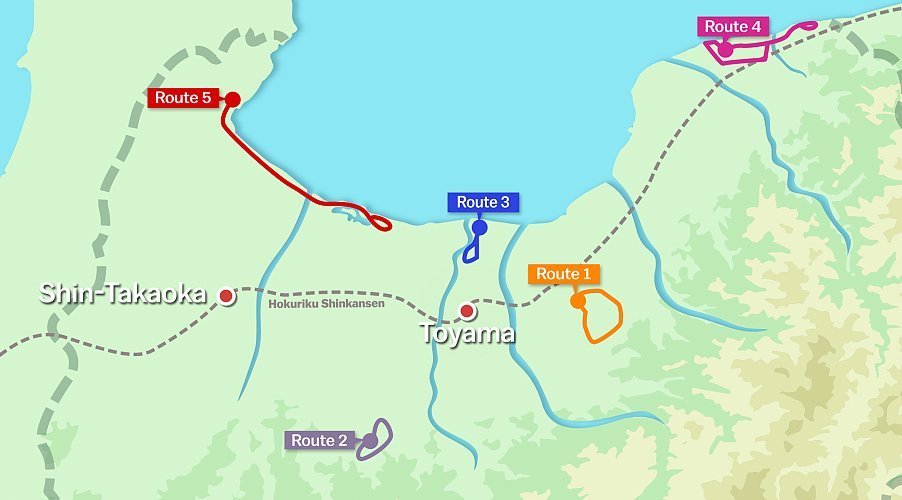
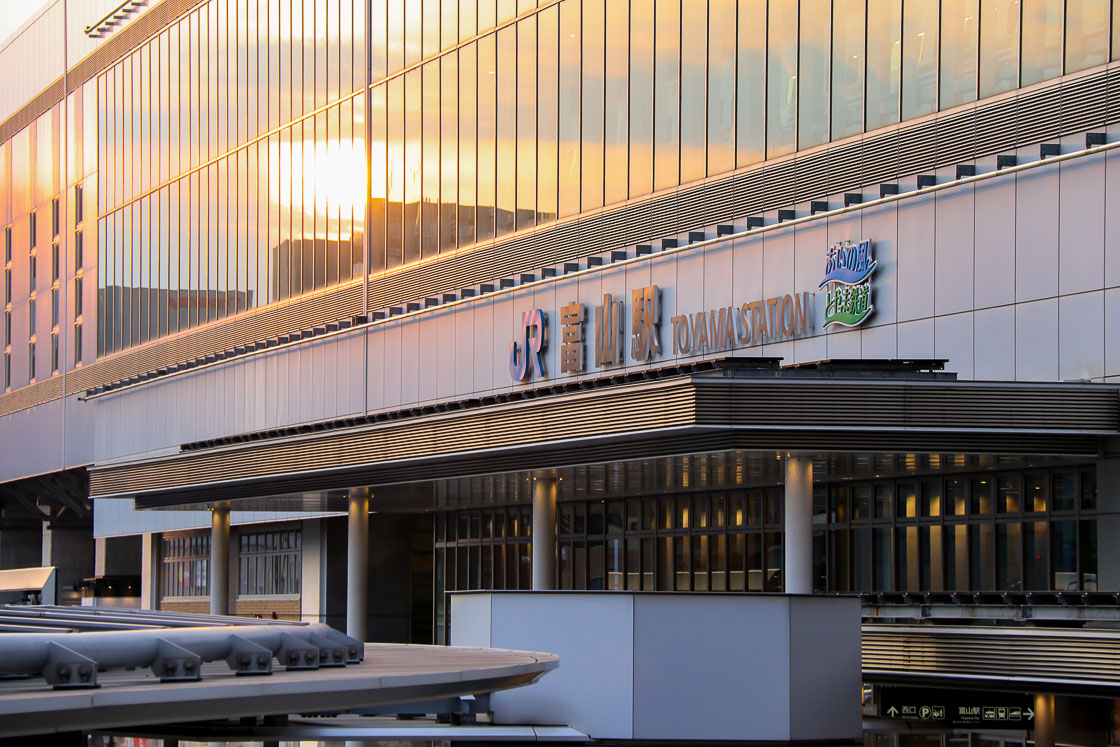
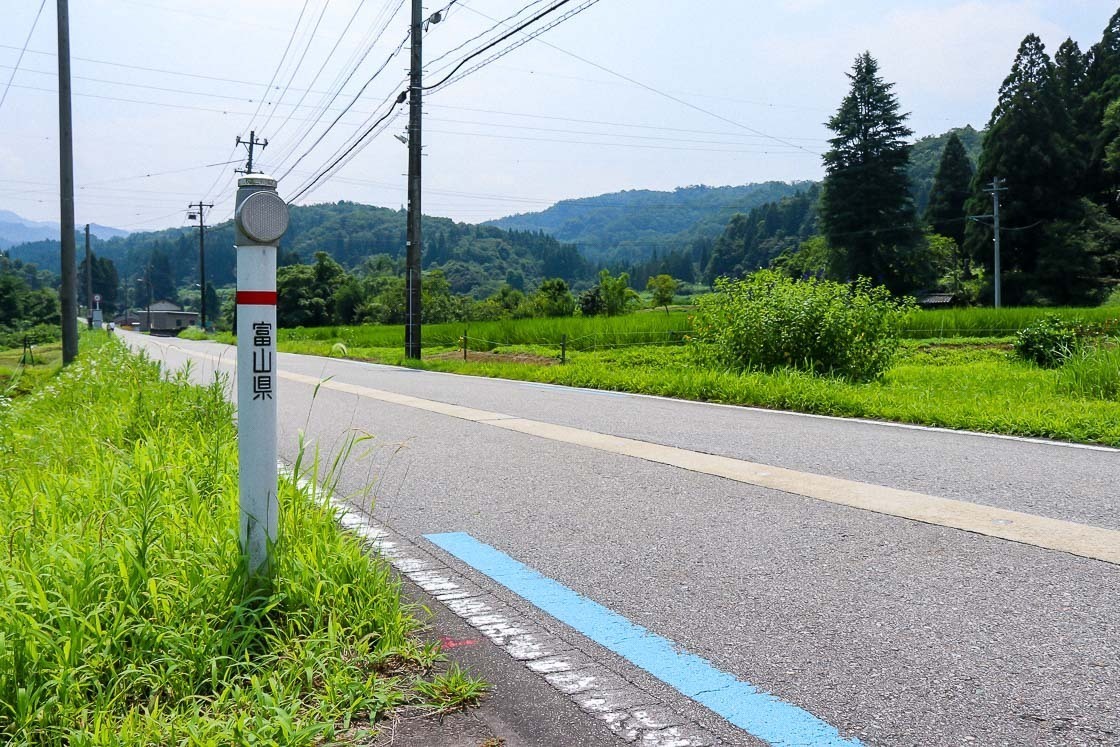
The routes are aimed at the average cyclist with a rental bicycle and include rest stops and meals. The only other things you would need on these courses in addition to your personal belongings are a bottle of water and a camera to capture the good times.
Route 1: Mountains and temples in Kamiichi Town
The town of Kamiichi lies at the base of the Tateyama mountain range and offers scenic views of the mountains in the distance and rice fields in the countryside. This approximately 20 kilometer long cycling route starts and ends at Kamiichi Station (about 30 minutes, 610 yen one way from Toyama Station) on the Toyama Chiho Railway Line and leads to two temples via picturesque countryside roads.
The course starts at the Kamiichi Tourist Information Center at Kamiichi Station where sports bicycles are available for rental. From there, it is a matter of following the blue line to the first attraction, the Joyama Spring Water. The natural spring is fed by snow melt from the mountains, and it is a great spot to grab a drink and refill your water bottles.
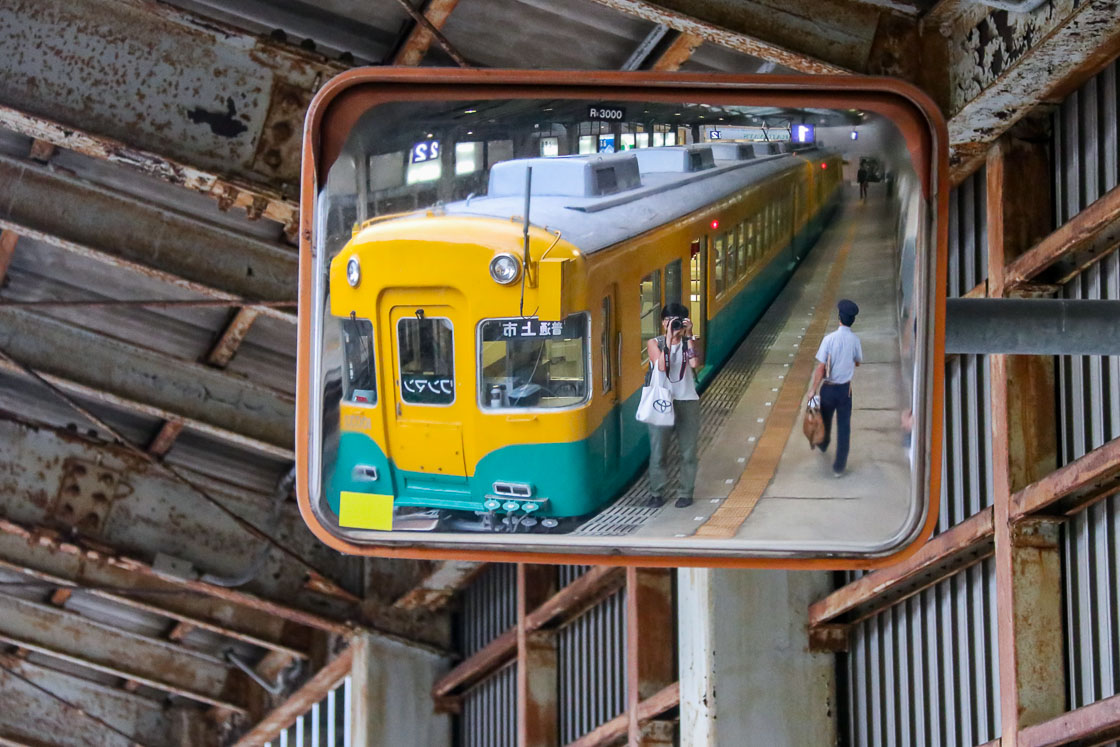
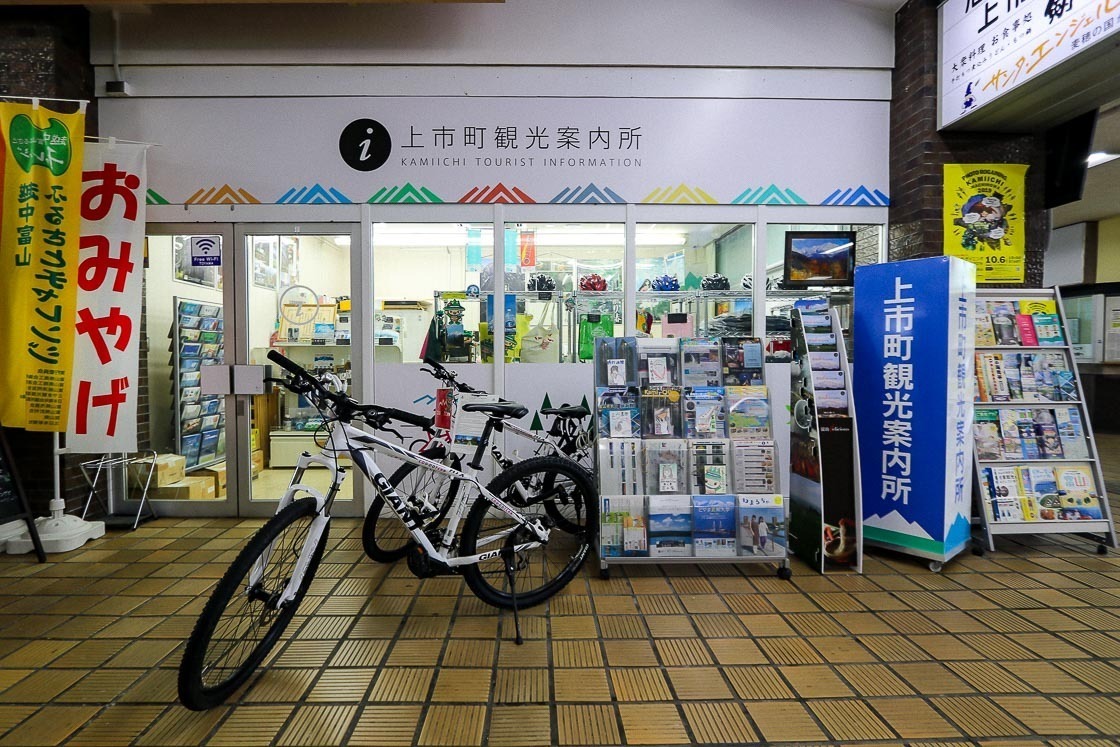
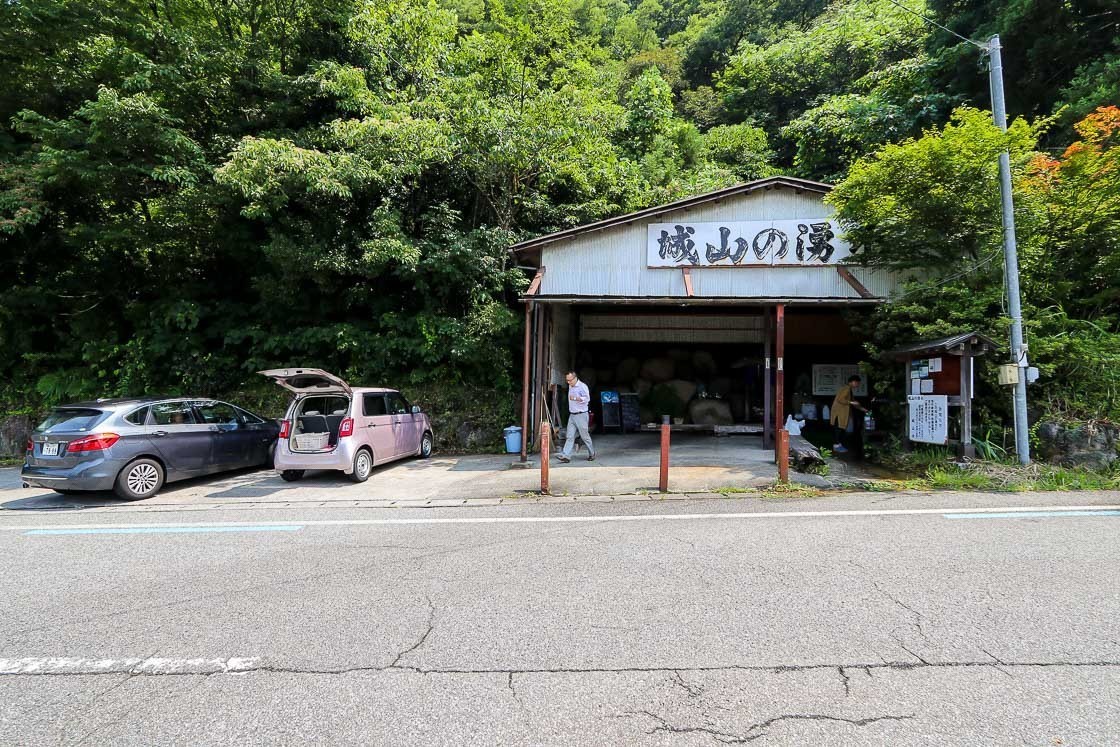
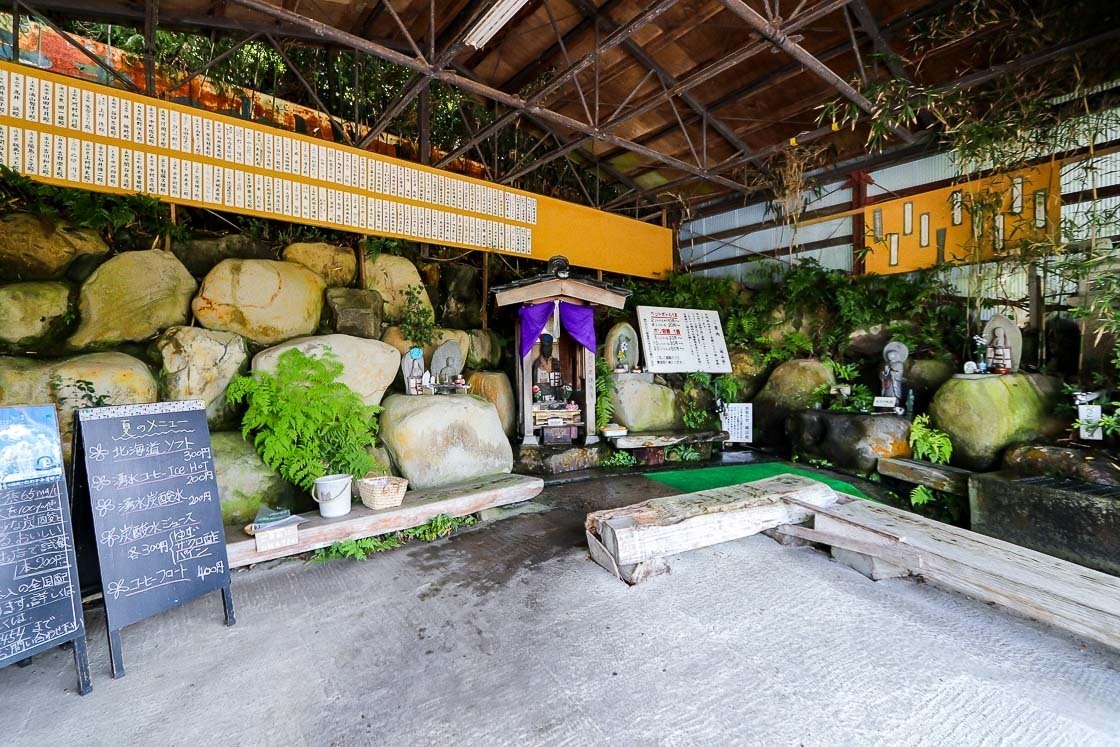
Thereafter, carry on to Oiwasan Nissekiji Temple which was established in 725. A large statue of the Buddhist deity Fudo Myoo, which is carved in a large stone, is the main object of worship here. Not far from the temple grounds is the Sengankei valley. This hidden valley is not well visited by the visitors to Nissekiji Temple, and those who make the trip will surely be spellbound by the power of nature.
Dangoya is a ryokan-restaurant located a few steps away from Nissekiji Temple, and it is a perfect place to stop for a sumptuous meal of somen (thin wheat noodles). Go for a simple and affordable bowl of somen or treat yourself to a set meal that comes with additional side dishes.
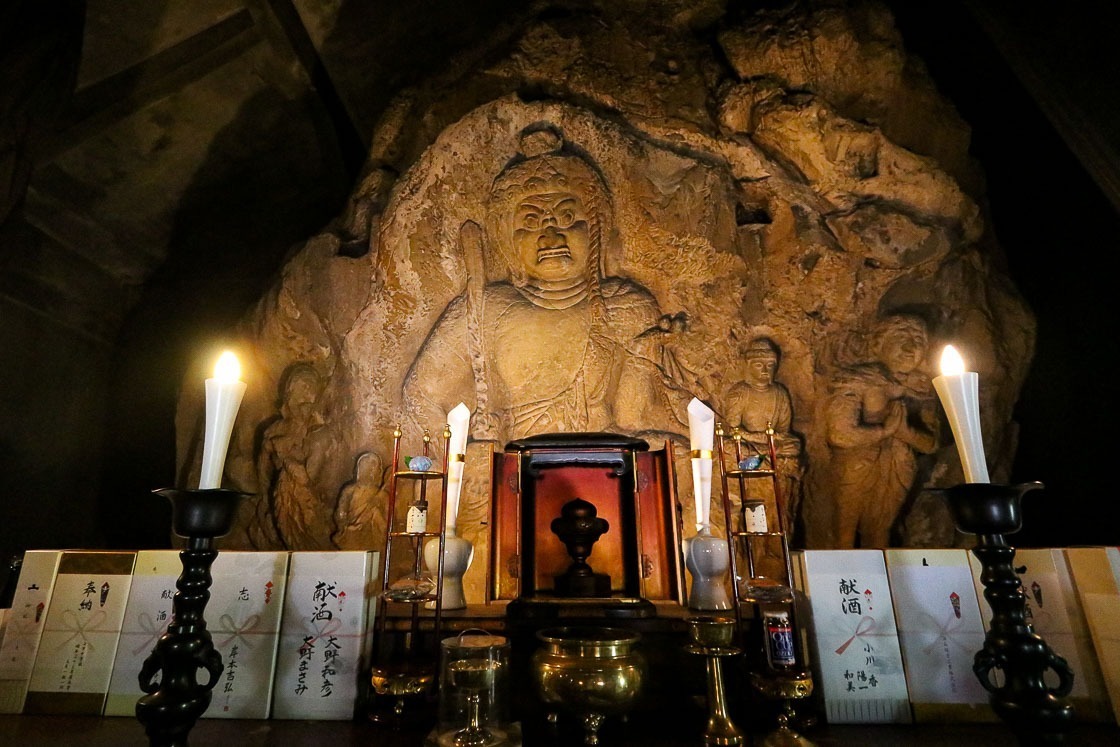
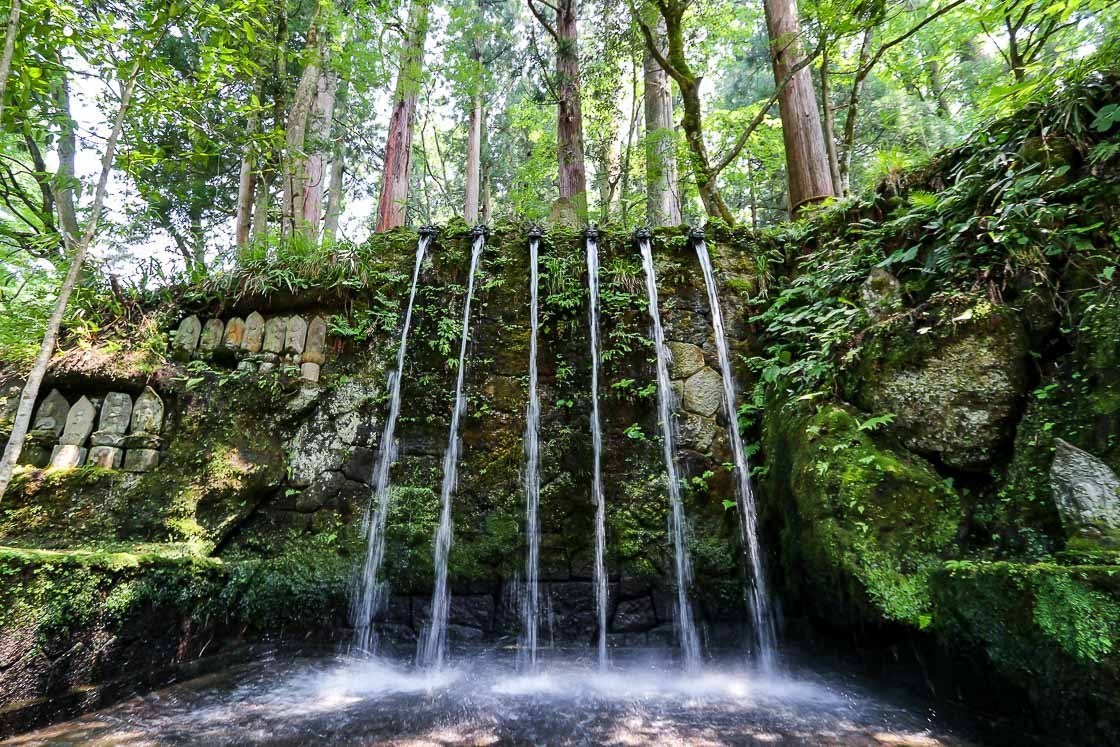
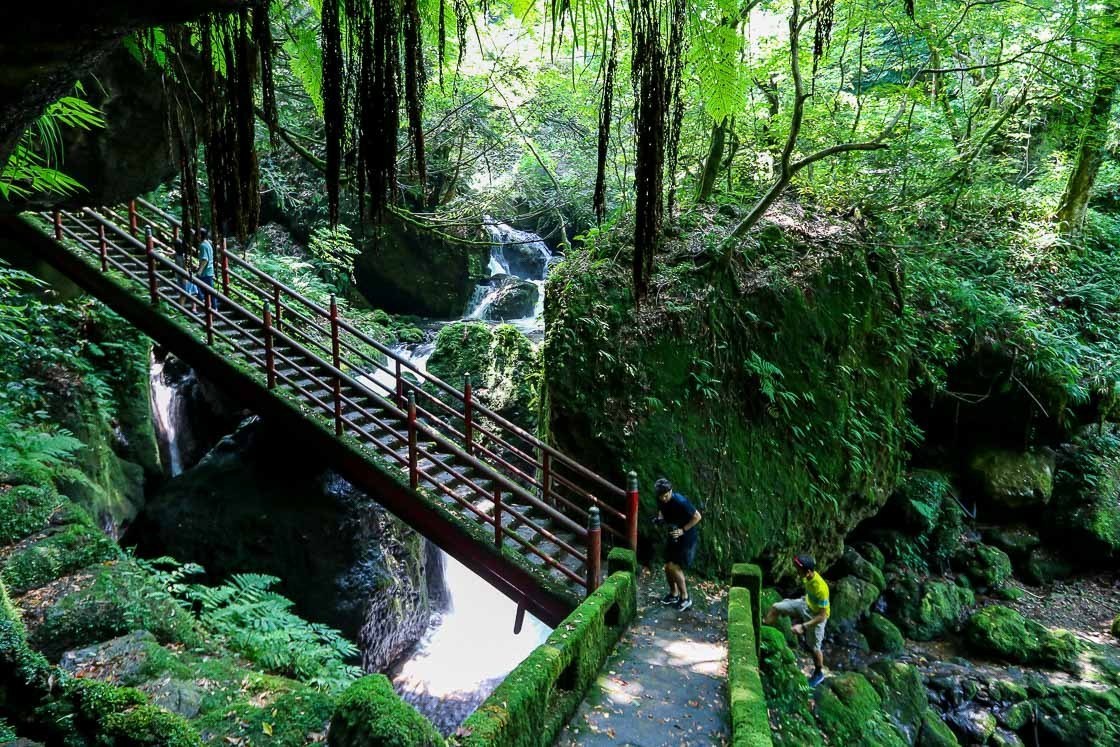
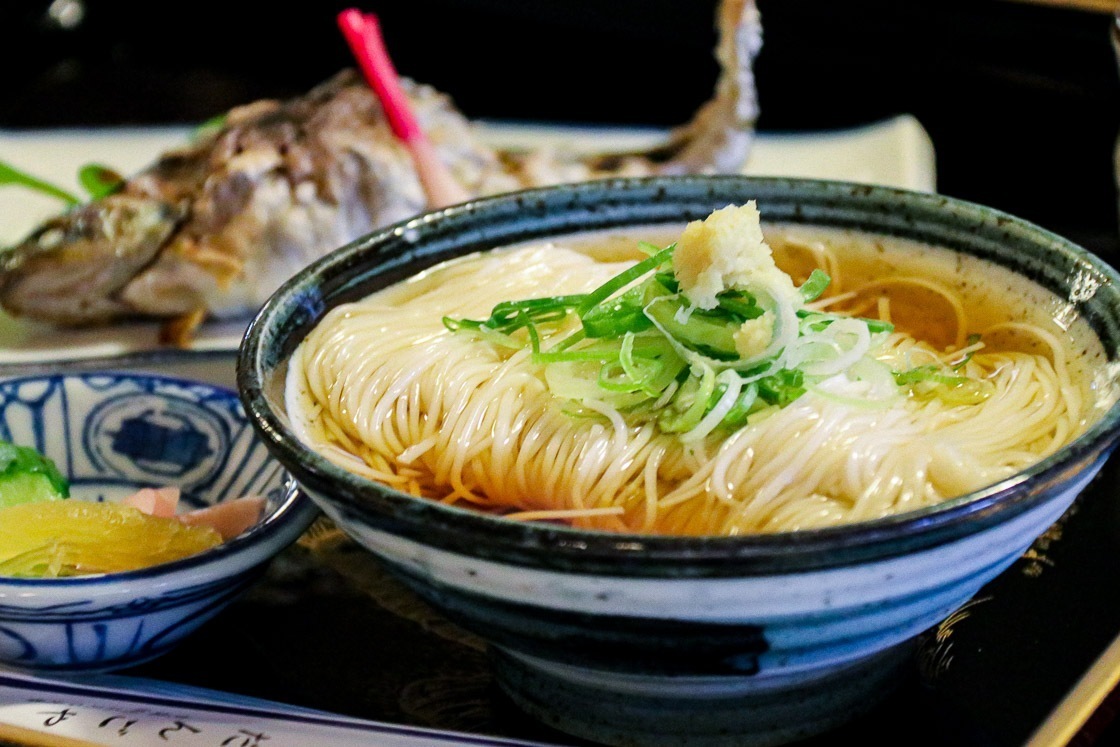
Up next after lunch comes a fun ride on the cycling road Zekkei to Dokutsu Adventure Line (loosely translated as Scenery and Caves Adventure Line). It starts with an uphill climb which could be challenging, but levels off soon enough. This road has a rock wall with caves cut out on the one side and steep drops of over 200 meters on the other. Rest assured, the road is wide enough for a large car, and there's definitely lots of space for a cyclist.
The last stop for the day is the pleasant Ganmokuzan Ryusenji Temple which was established in 1370. The highlight is the 300-meter-long approach to the temple which is lined with tall toga (southern Japanese hemlock) trees. Some of the trees are said to be over 400 years old!
From the temple, it is about a 20 to 30 minute cycle back to Kamiichi Station. This one day cycling trip is great for those who are looking to add a bit of challenge and excitement to their holiday. The two temples on the route provide great insight to the local culture and customs, while the cycling itself is filled with picturesque scenery.
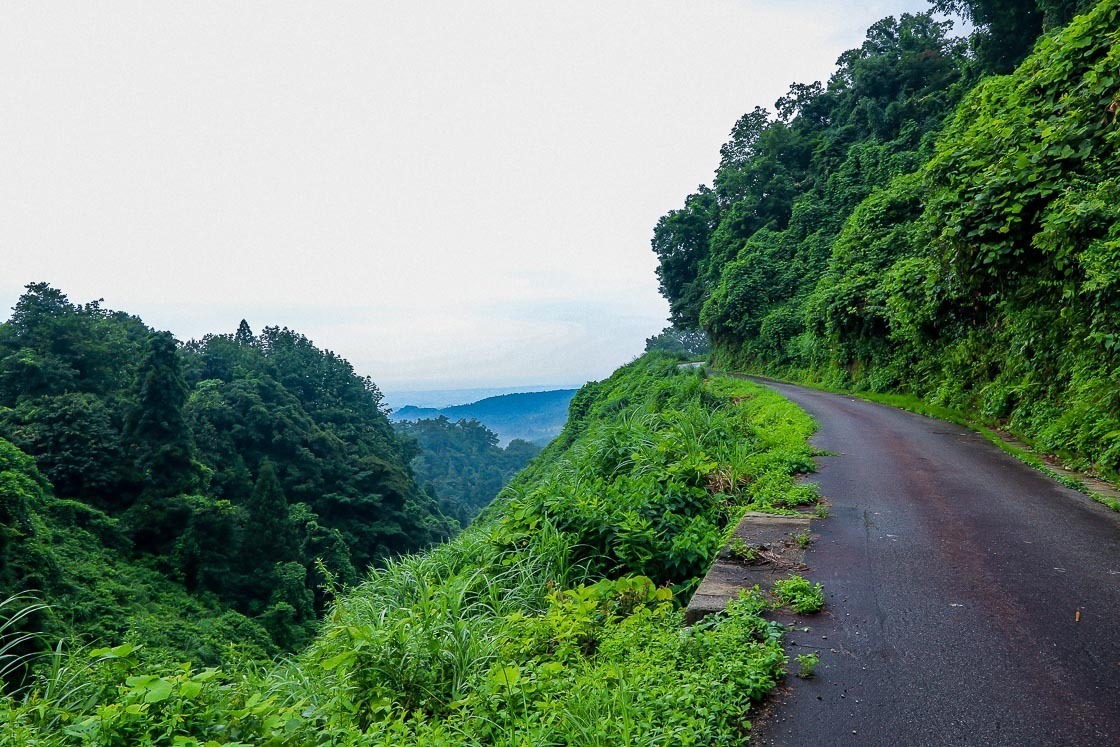
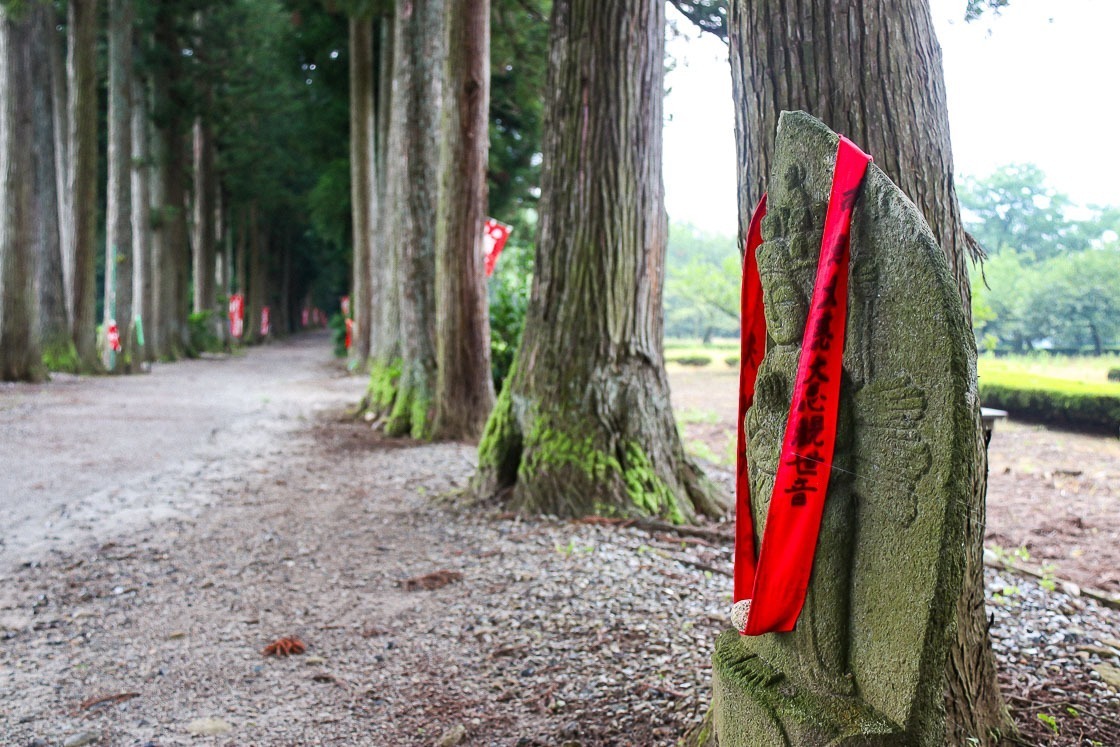
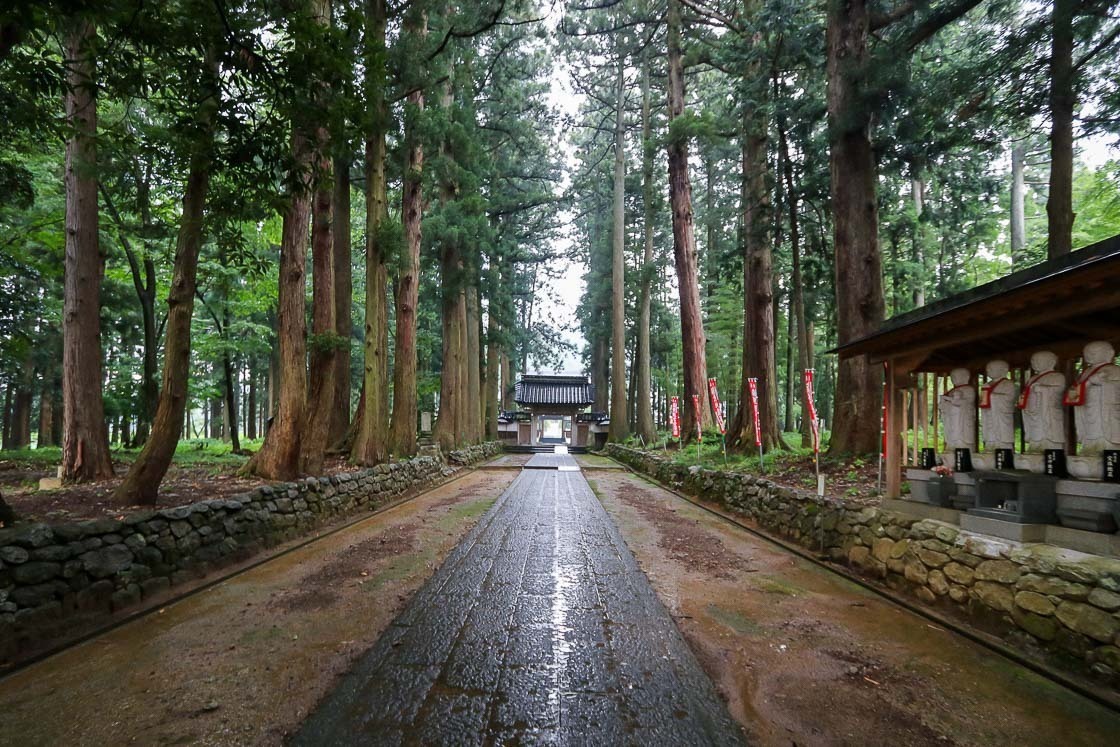
Route 2: Traditional crafts in the town of Etchu-Yatsuo
Starting at Toyama Station, take the JR Takayama Line to Etchu-Yatsuo Station (about 30 minutes, 330 yen one way). From there, take the local community loop bus (left route) to the Etchu-Yatsuo Kanko Kaikan (about 10 minutes, 200 yen one way). Electric-assisted bicycles are available for rental here and are recommended due to the numerous slopes in the town.
The paved streets of Yatsuo add to the charm of the quaint town. Old residences and businesses can be found side by side, and there is a nostalgic atmosphere like being in a town which time forgot.
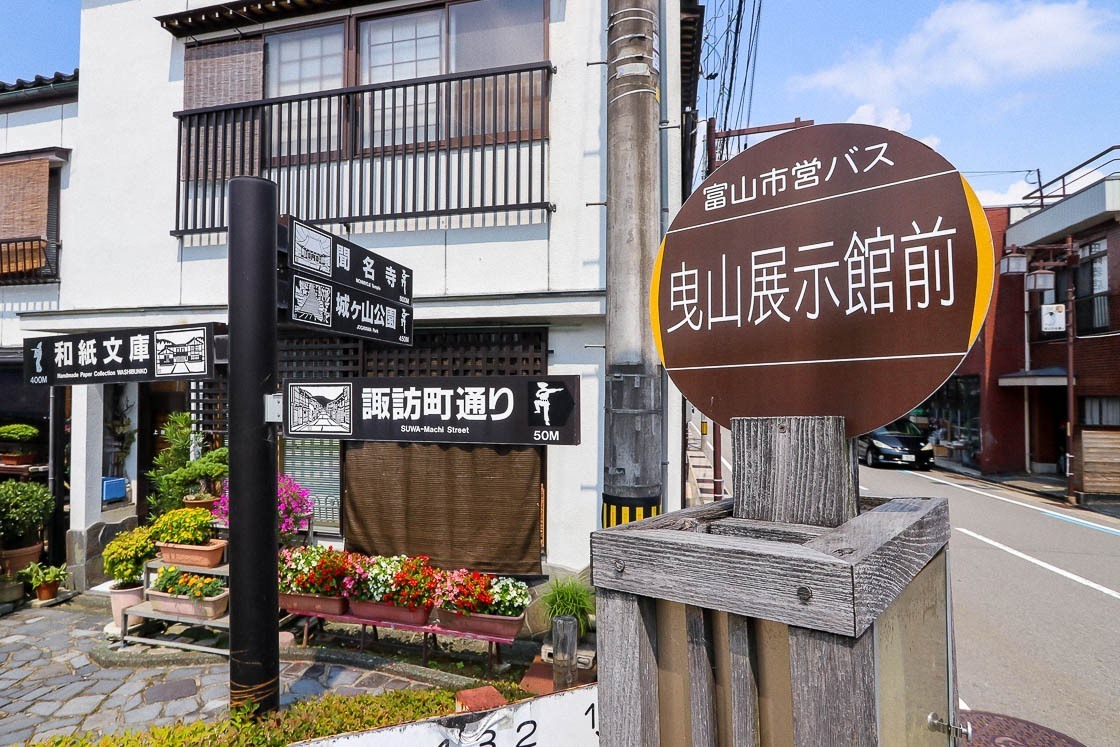
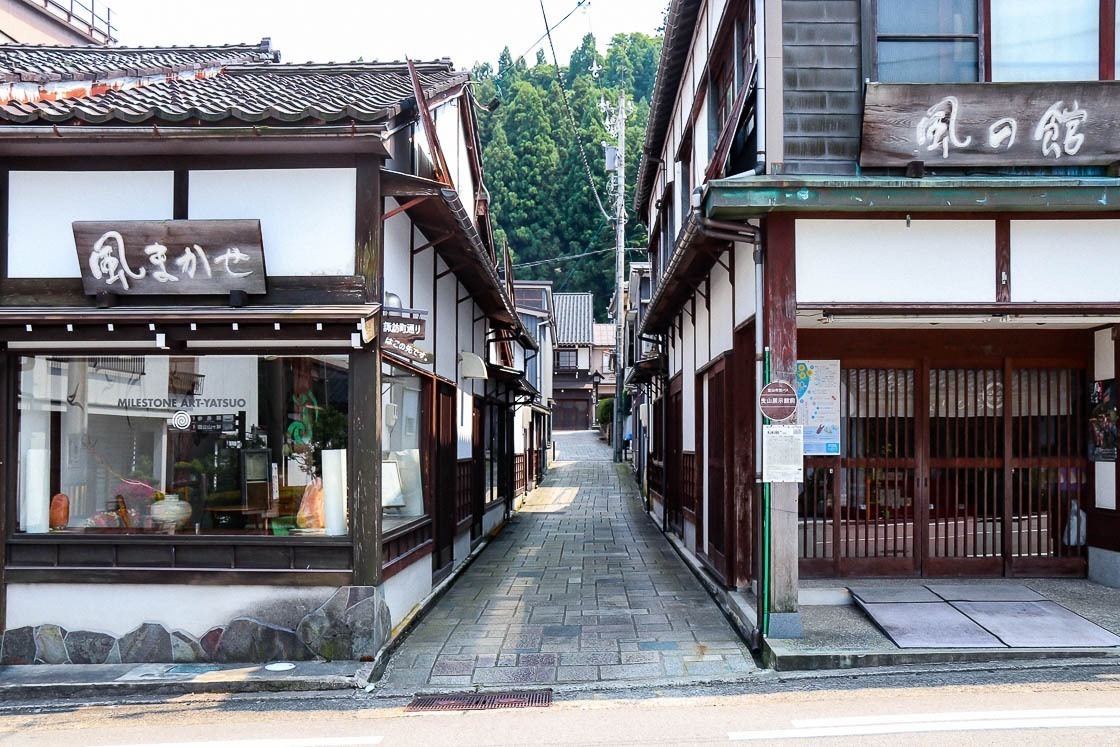
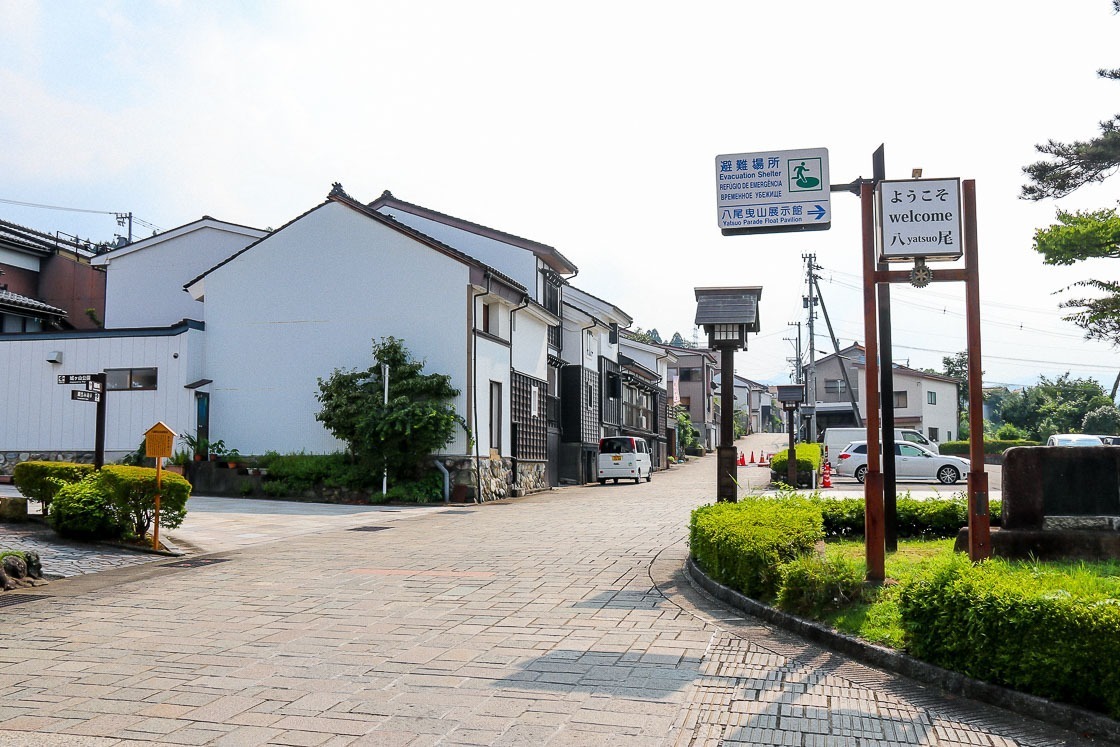
Before heading off on the bicycle, take some time to learn about the town at the Etchu Yatsuo Kanko Kaikan. The small exhibition showcases the large wooden floats carrying different deities that are used in the local festival. The intricate designs show off the skills of the artisans and the richness of the local culture. The museum also displays silkworm farming which used to be an important industry of the town.
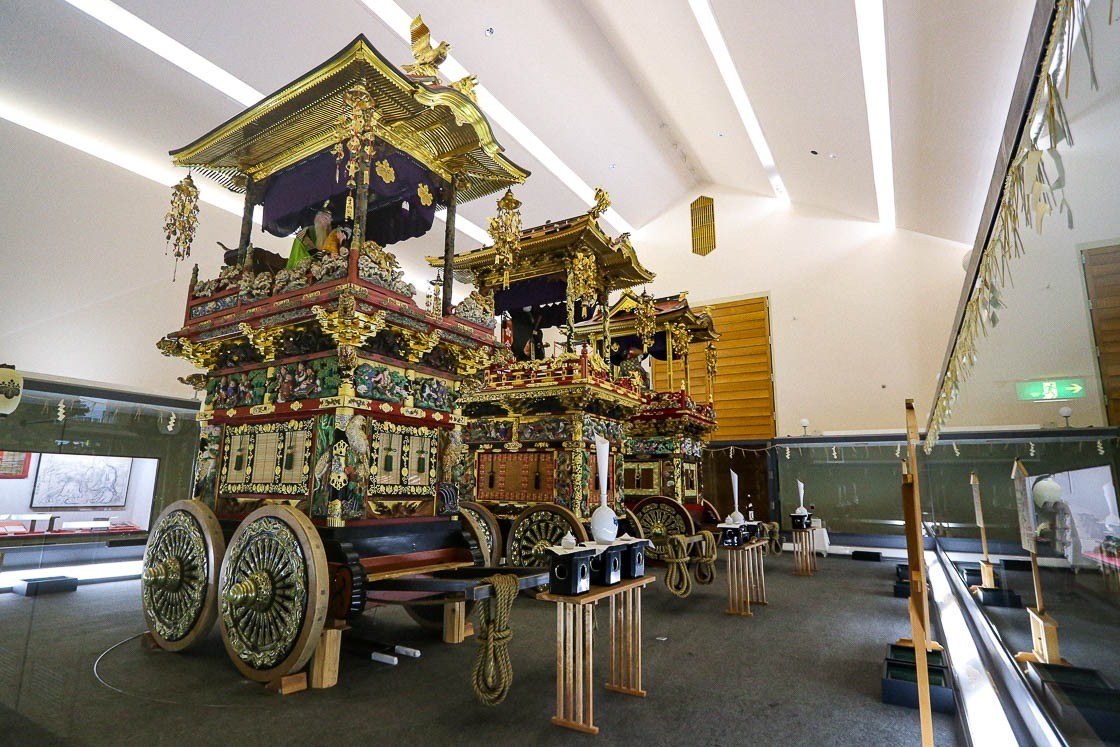
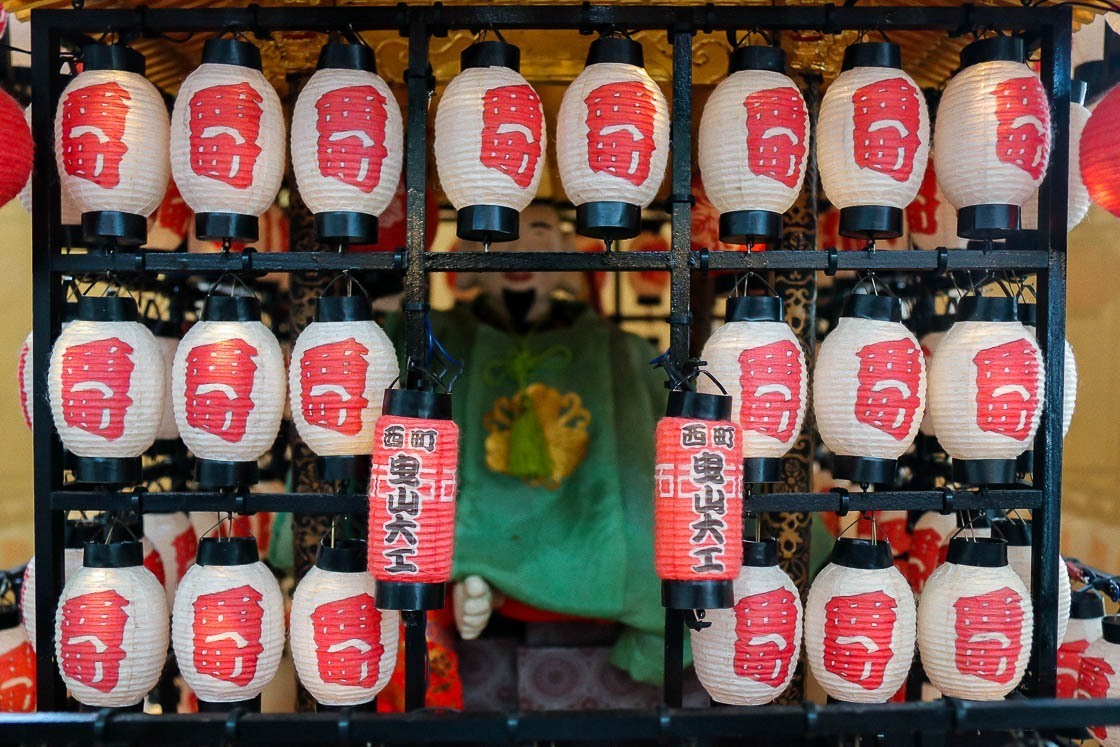
From the museum, it is a short downhill cycle to the Keijusha Washi Bunko, a paper maker and museum. Washi, Japanese paper, is a local product of Etchu Yatsuo and still continues to be handmade at Keijusha. Several small galleries in the main building offer a glimpse of the history of paper by showcasing the different kinds from various parts of the world. Visitors can try their hand at making washi or buy washi products in store. Note that there is minimal to no English available for the washi making activity.
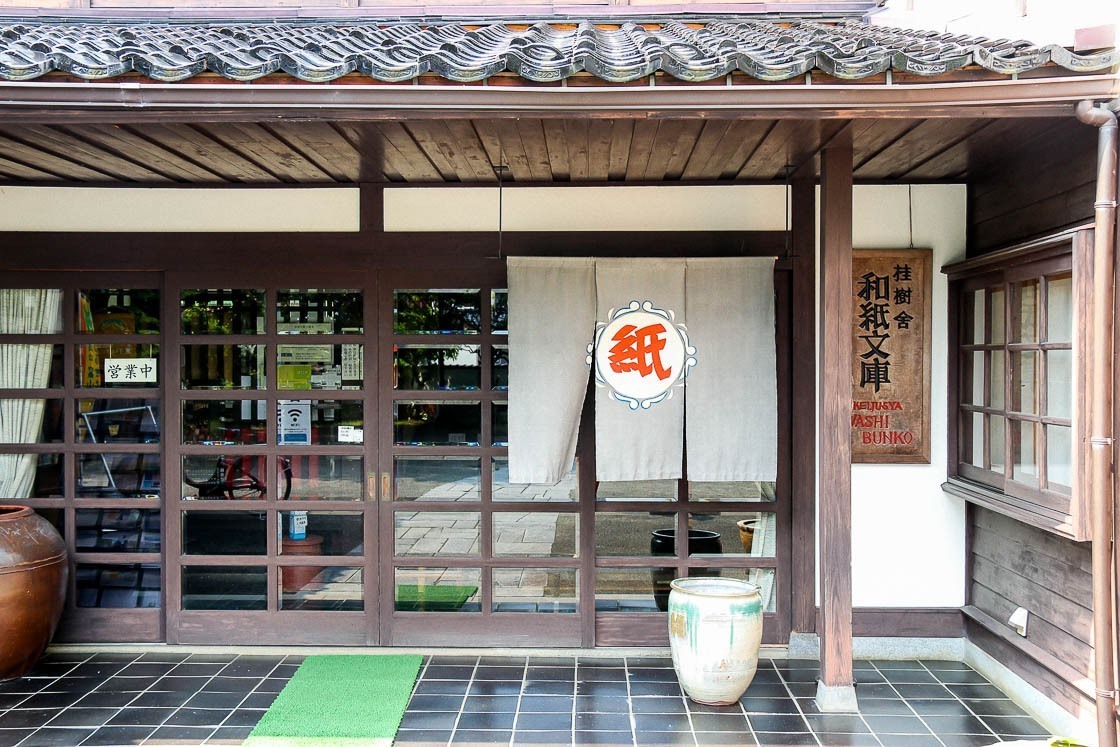
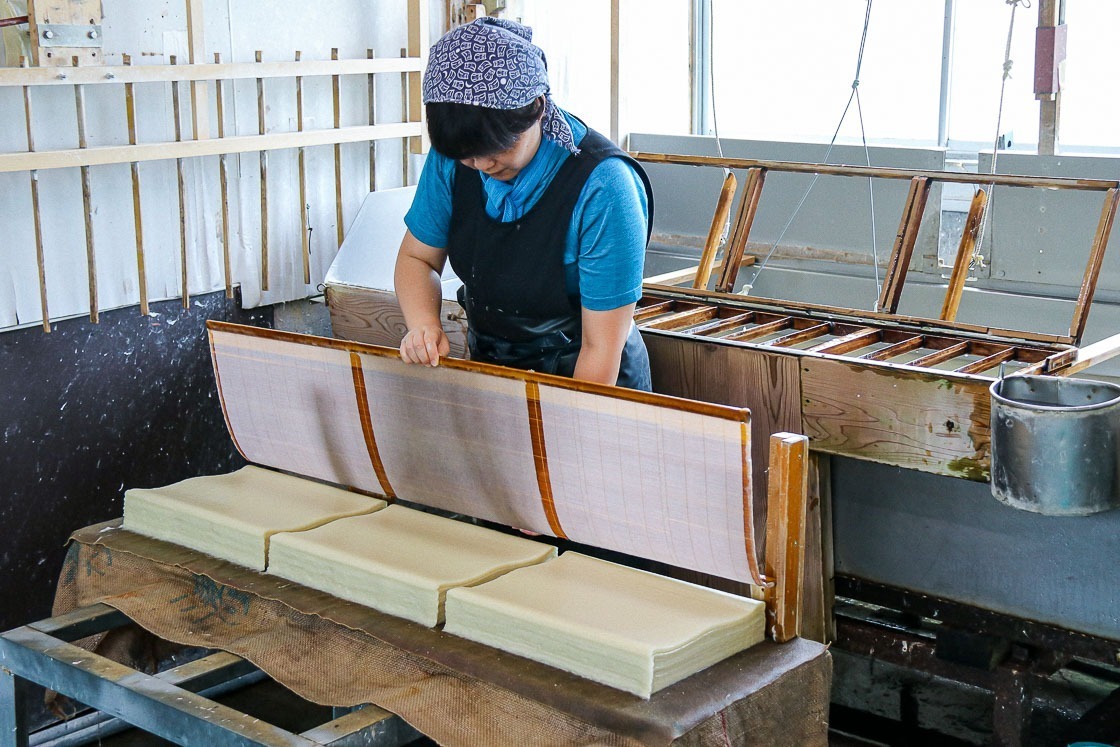
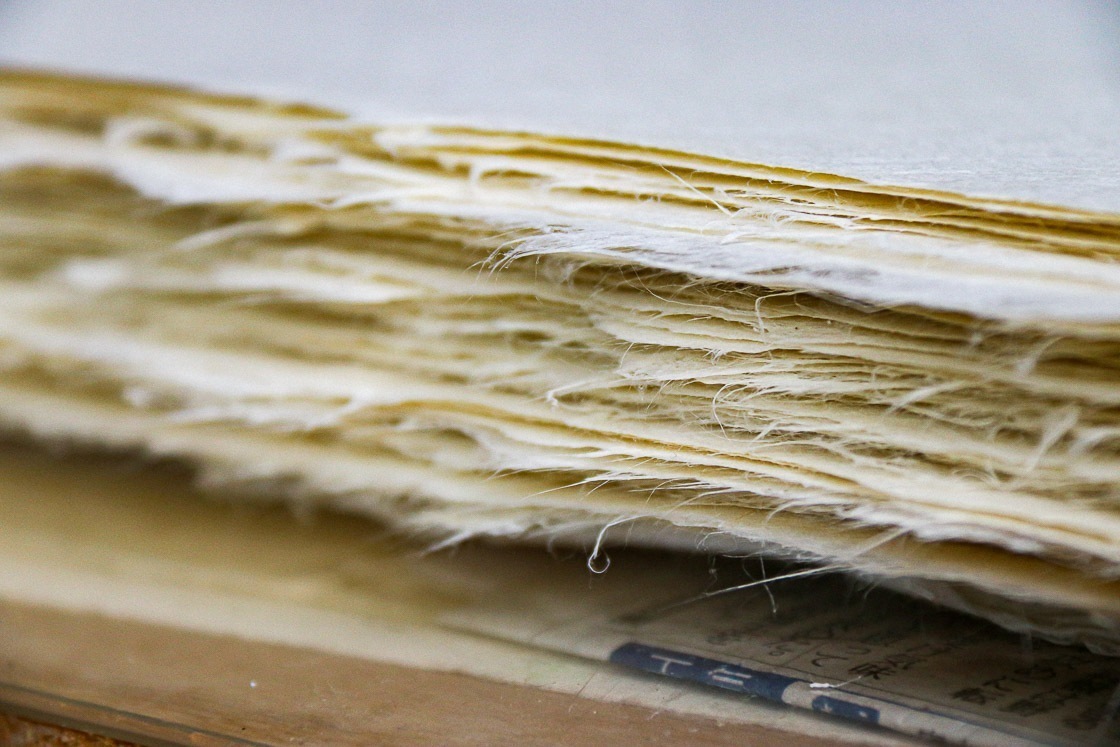
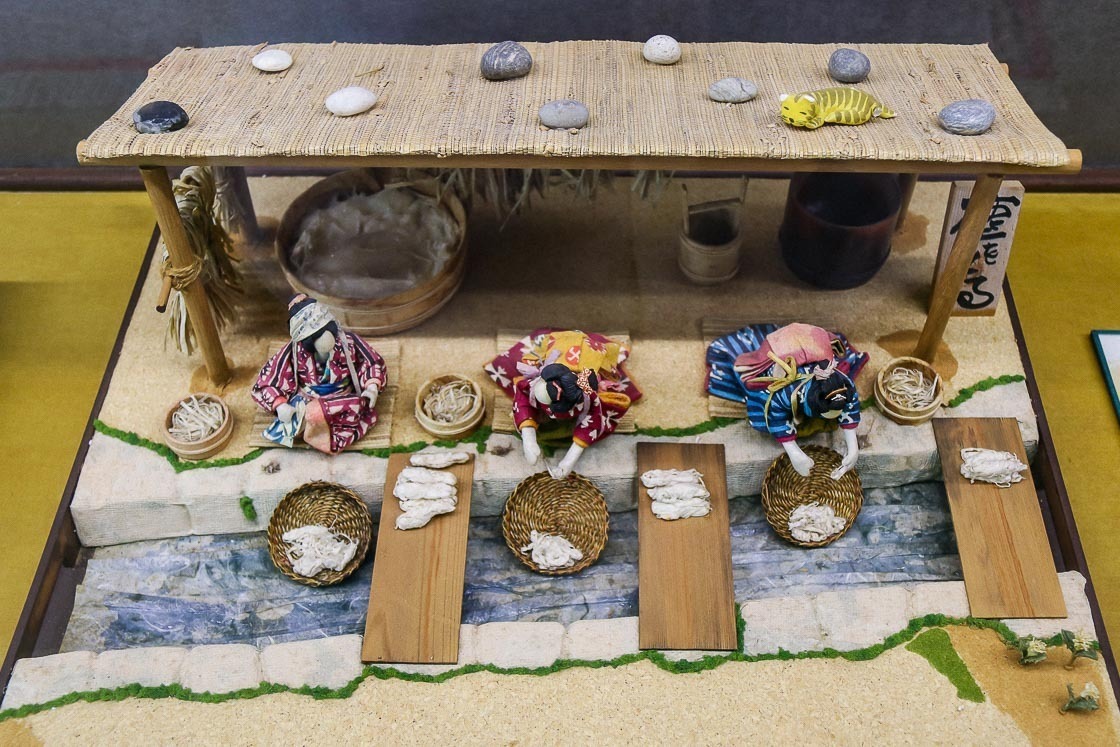
Next is Oyatsu, a renovated traditional home that now functions as an accommodation, a cafe and a kimono rental space. The kimono rental can be an incredibly fun time, and the traditional interior of the Oyatsu provides an excellent backdrop for photos. Taking a short walk down the quaint main street all dressed up can also add to the experience.
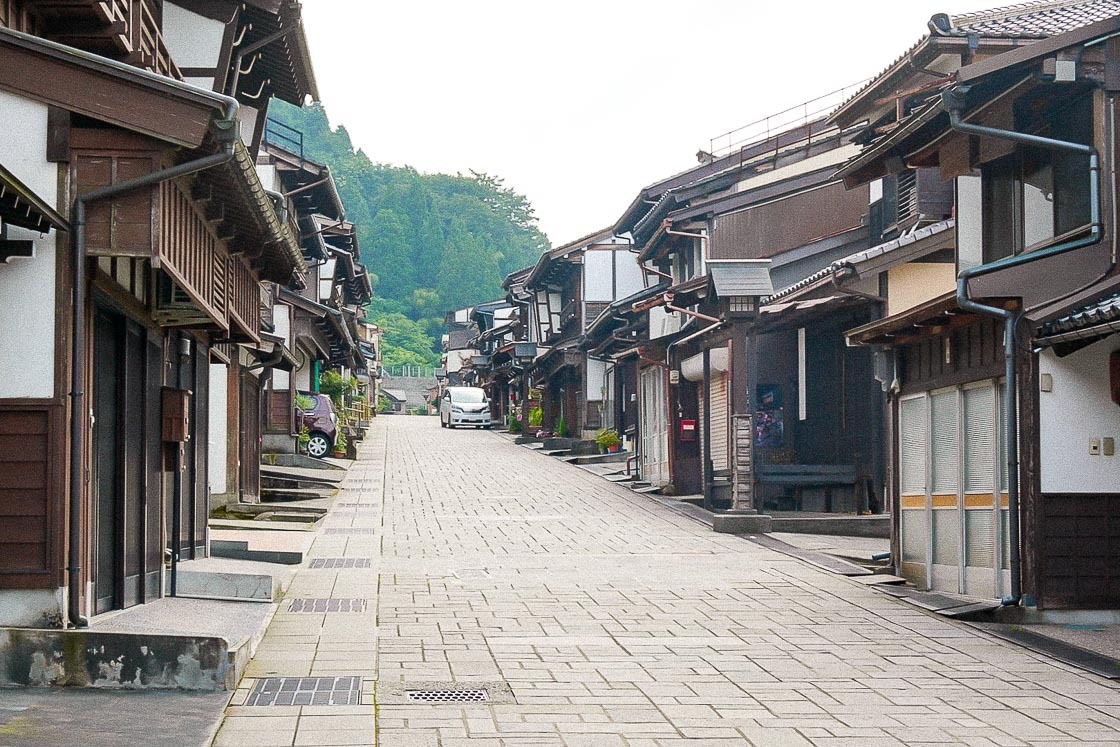
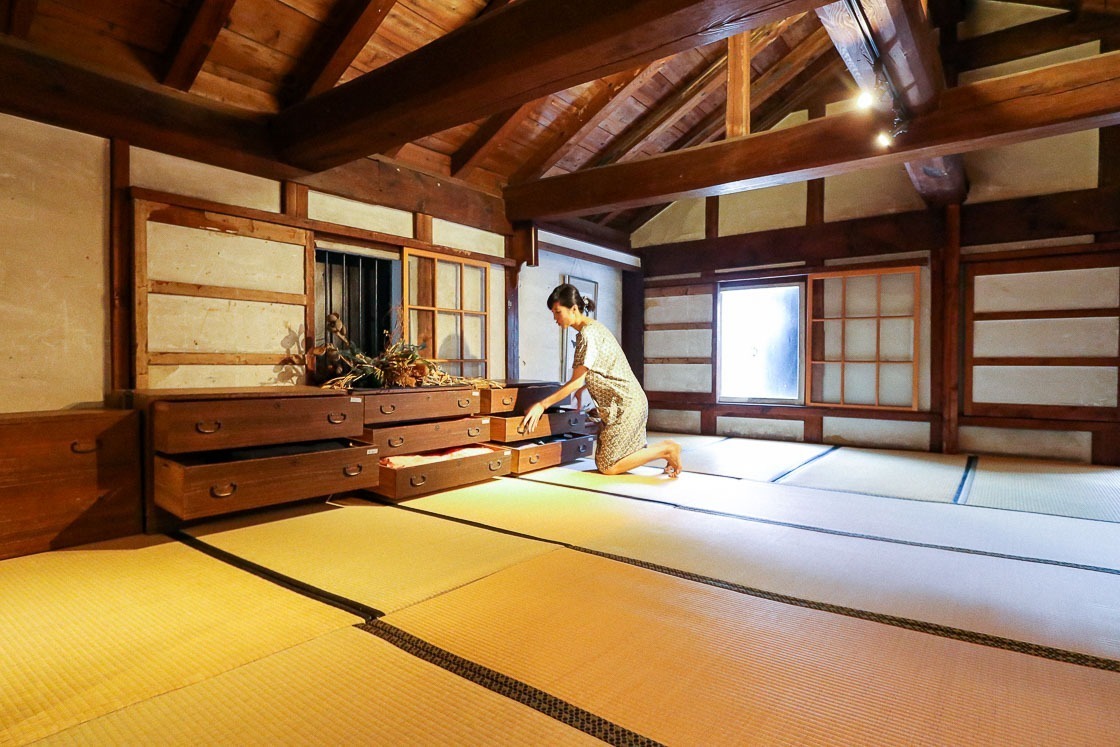
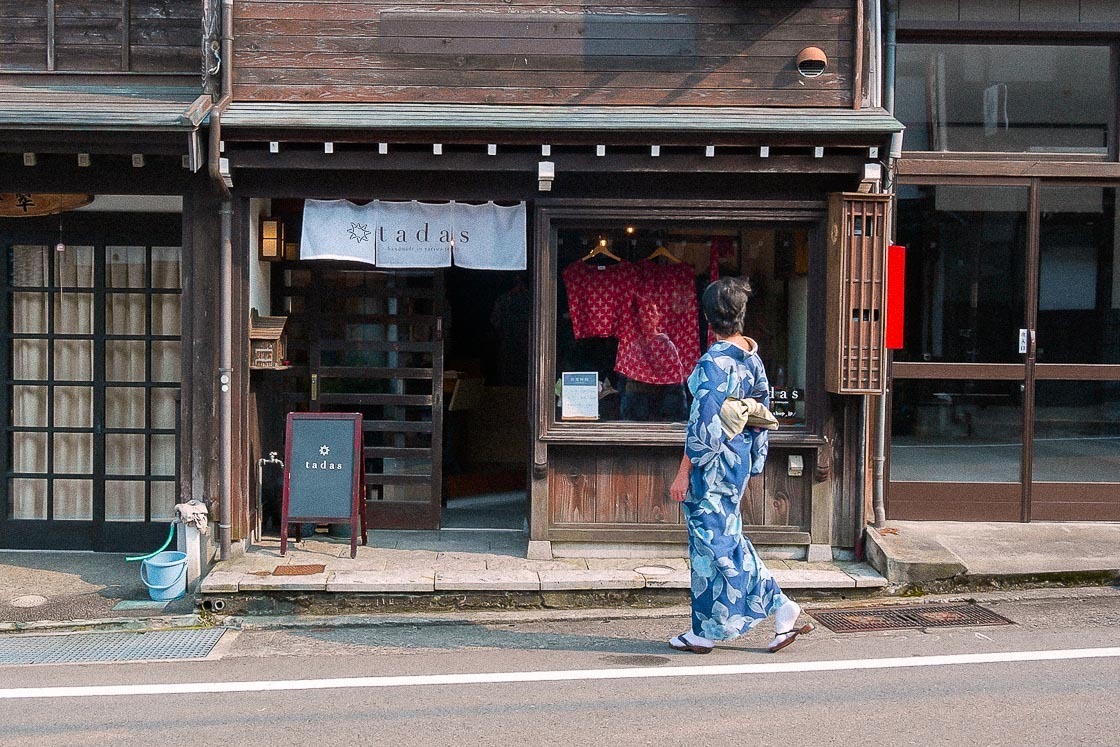
This easy half day cycling in Etchu Yatsuo ends back in Toyama Station, where it is never too late to grab a bowl of Toyama ramen at Menya Iroha. The local ramen is simply called Toyama Black, which refers to the inky-black soy sauce broth. Another local specialty are shiro-ebi, small glass shrimps that are caught in large quantities in Toyama Bay.
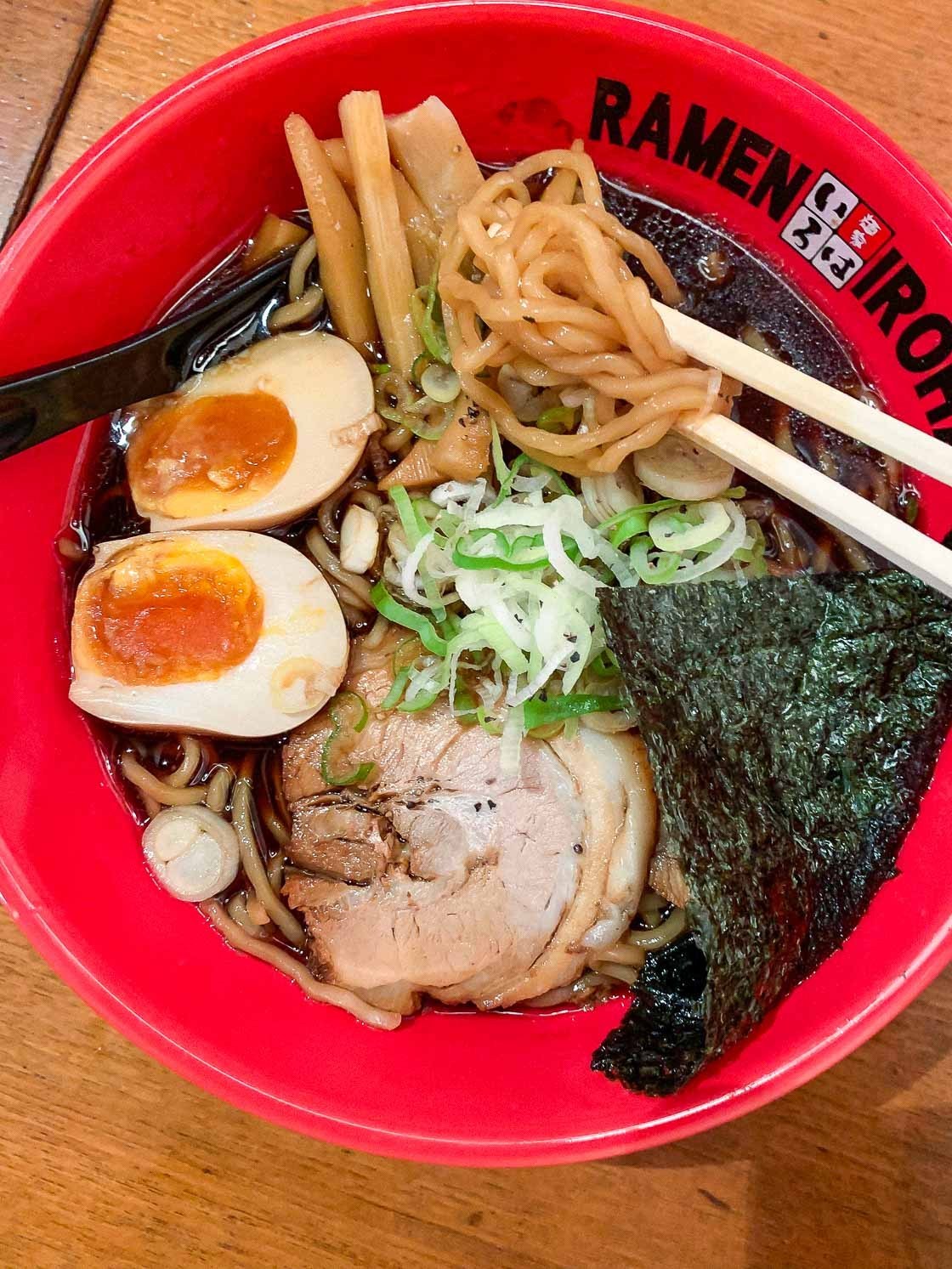
Route 3: Maritime history is the port town of Iwase
This leisurely half day cycle in Iwase starts off with a ride on the Toyama Light Rail Portram to Iwasehama Station (about 25 minutes, 210 yen one way from Toyama Station). Rental bicycles are available at Iwase Canal Hall which is a short walk south of the station.
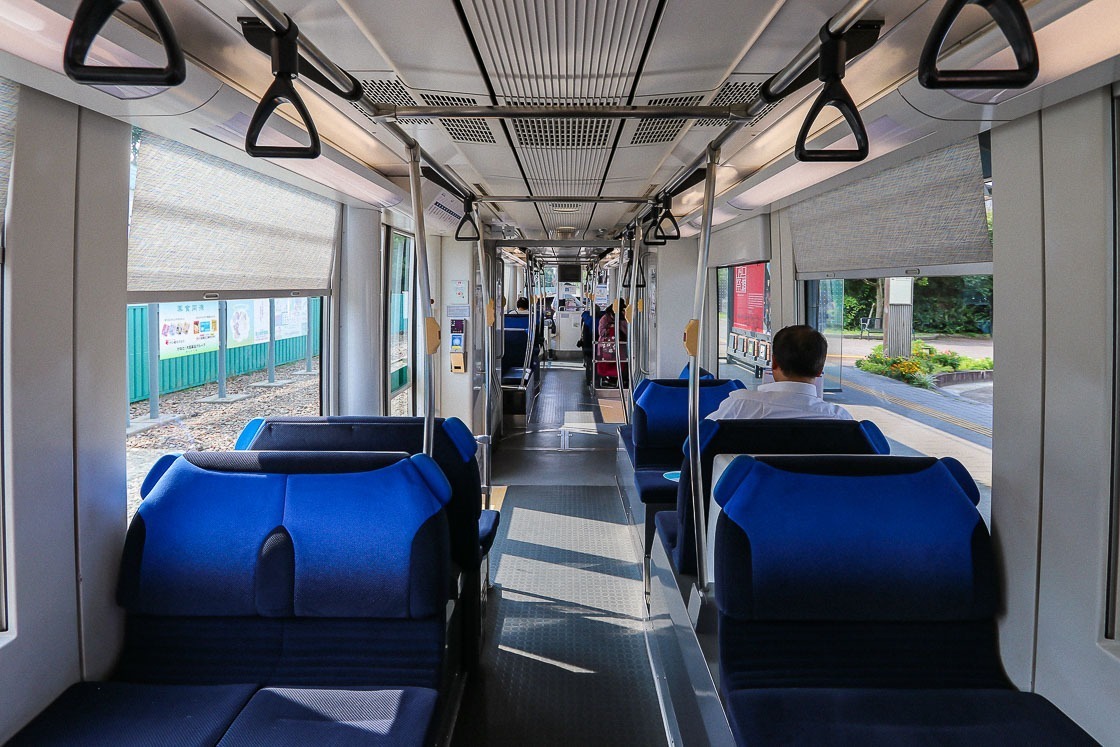
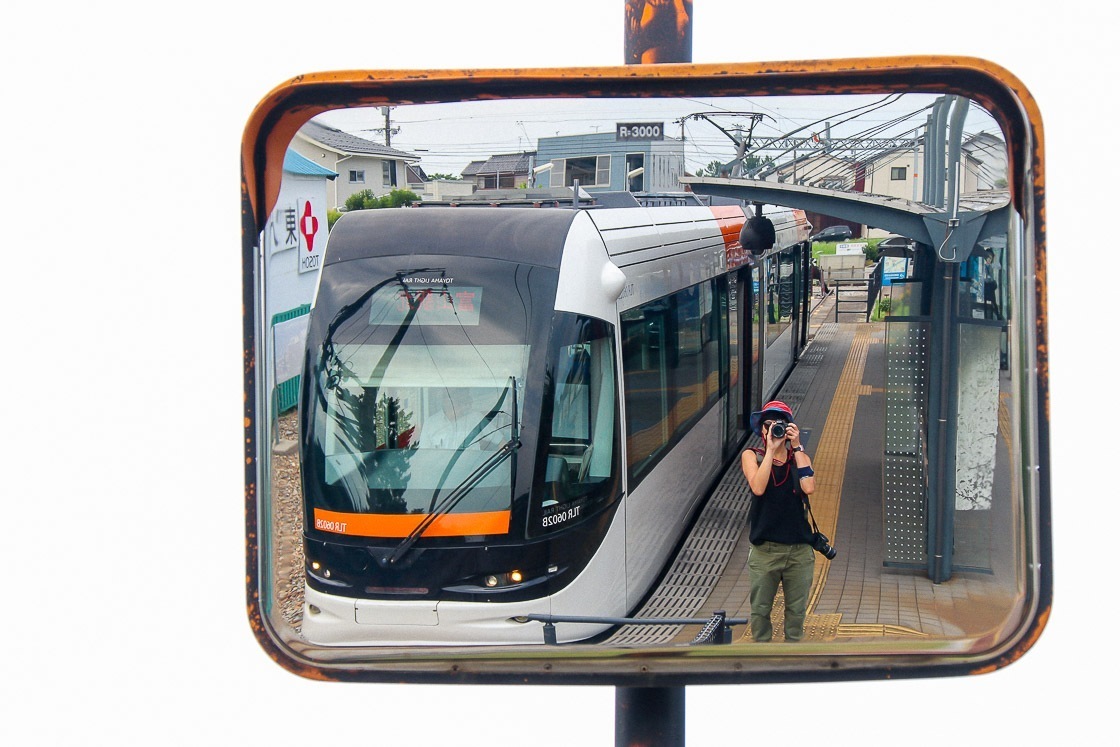
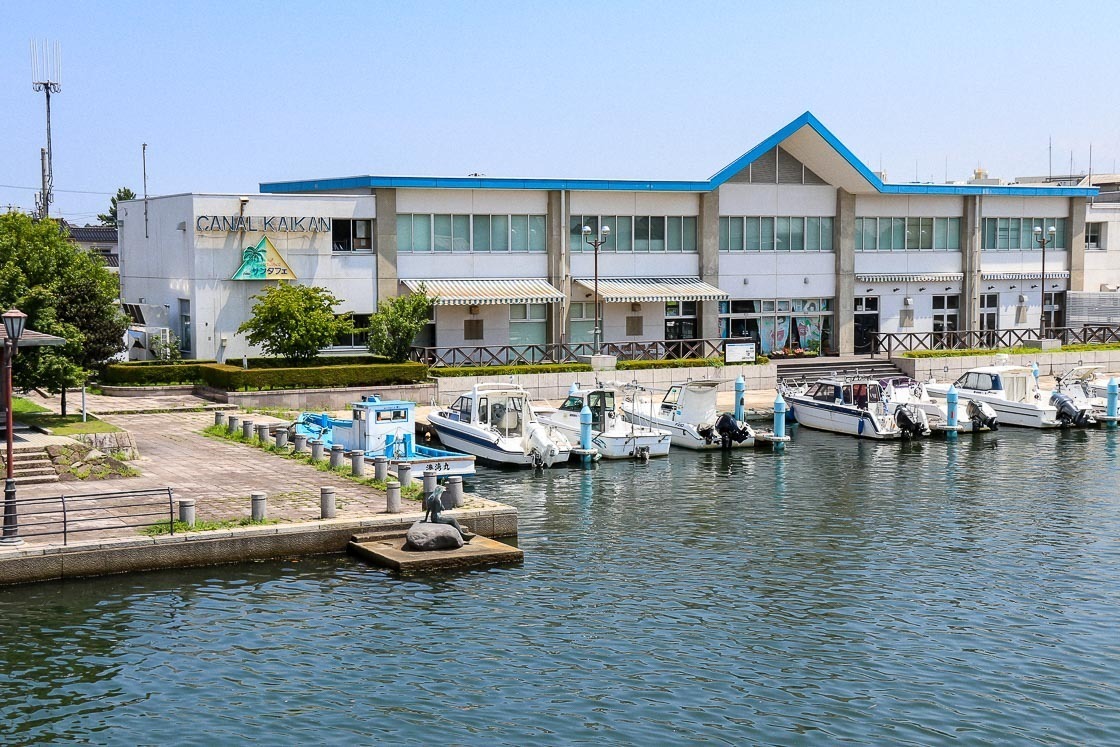
Located almost in the middle of Toyama Bay, the port town of Iwase flourished between the 17th to the late 19th centuries as a port along Japan's most important sea route along the Sea of Japan before the arrival of the railway, connecting Hokkaido with Osaka. Merchant boats known as Kitamaebune transported rice, seaweed and wood along this shipping route. Thanks to the booming sea trade, Iwase had many shipping agencies and their warehouses. The main street of Iwase is lined with many of these former warehouses, some of which date back to the late 19th century.
This cycling route starts off with a visit to the Toyama Port Observation Deck. The approximately 20 meter tall building offers views of the port town and the nearby Tateyama mountain range when the weather is clear.
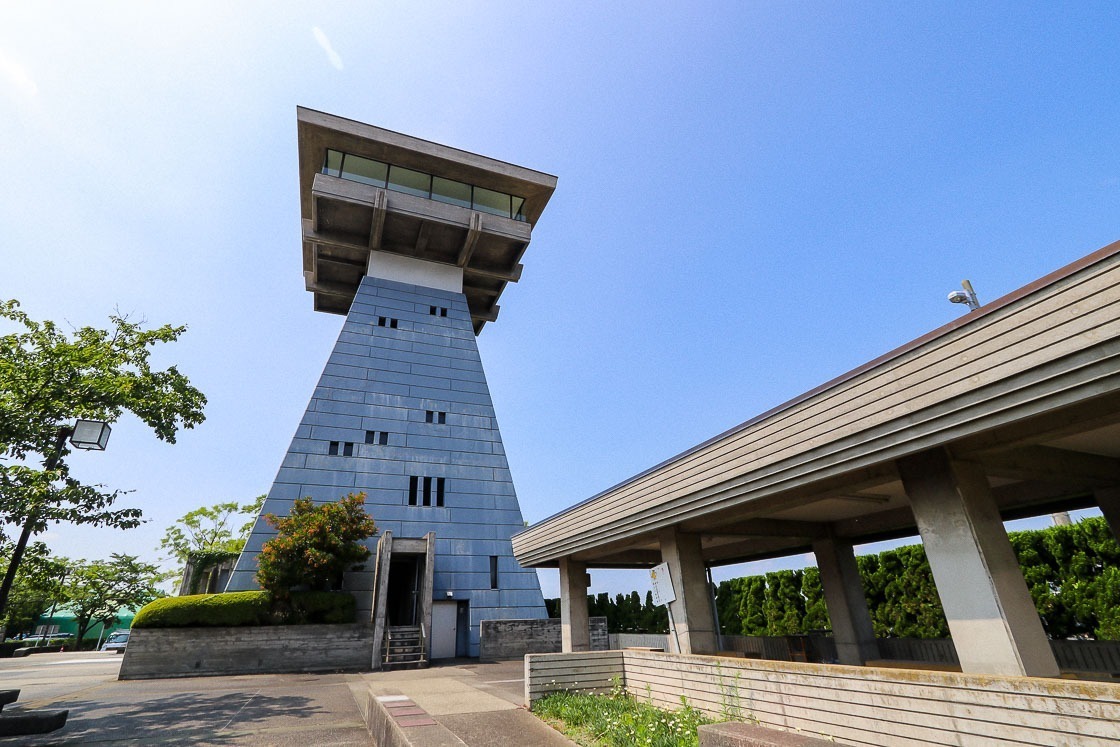
From there, it is down the town's main street to see the former warehouses. One of them, the Mori Residence, a shipping magnate's home and warehouse, is open to the public. It is very interesting to view the expansive grounds and see the exquisite and luxurious material used in the construction of the place. Word has it that the Mori residence was only the third largest warehouse in its heyday, meaning that the first and second richest shipping agencies had even larger places!
Across from the Mori residence is Otsuka-ya, a Japanese sweets shop that specializes in a triangular dorayaki pancake. The sweet treat makes for a nice break before checking out the rest of the main street.
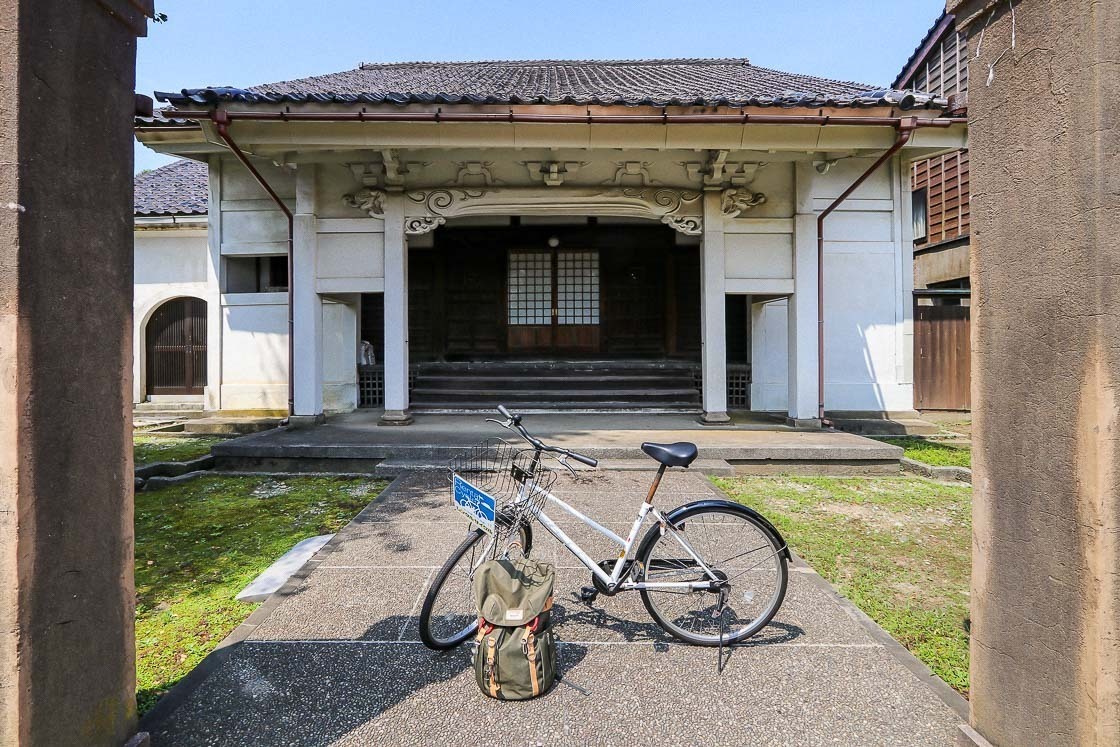
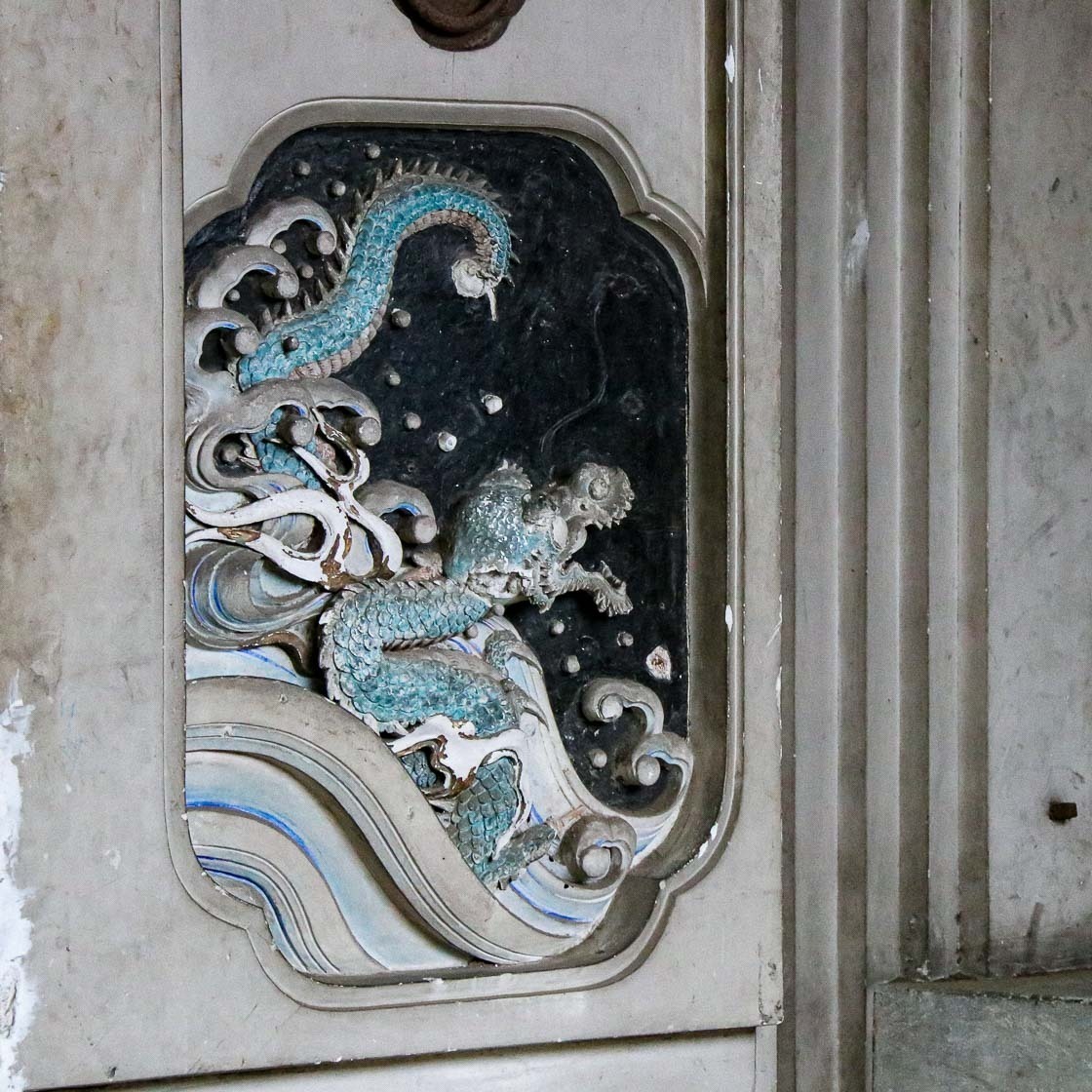
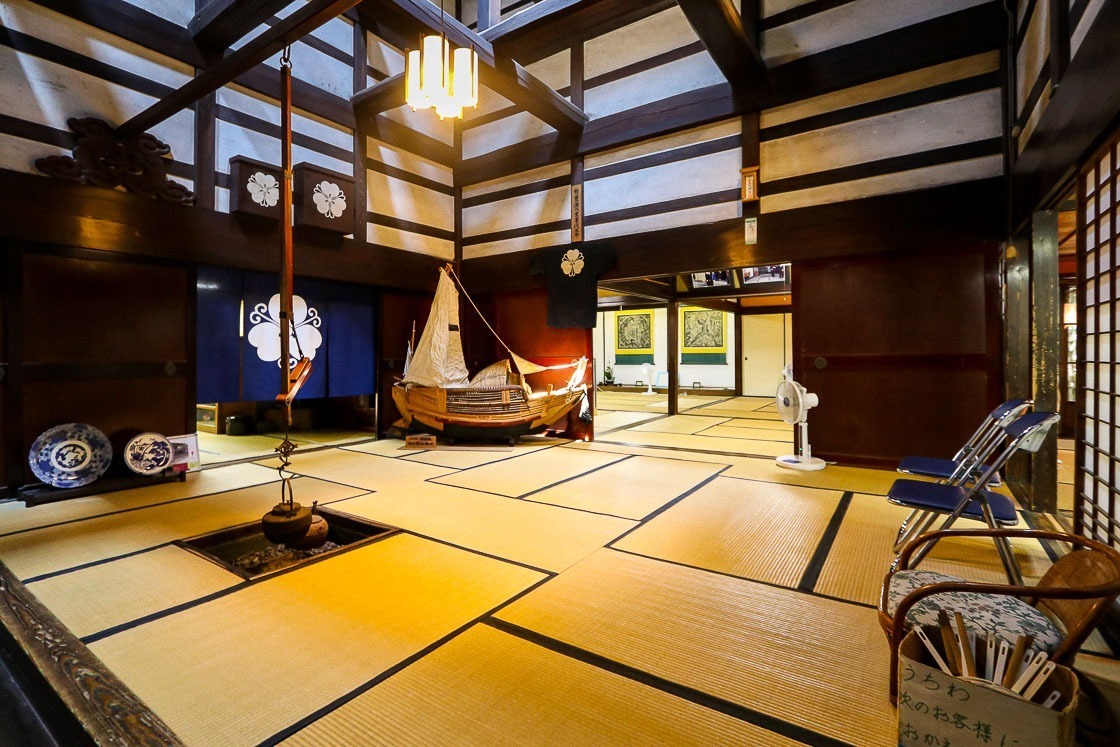
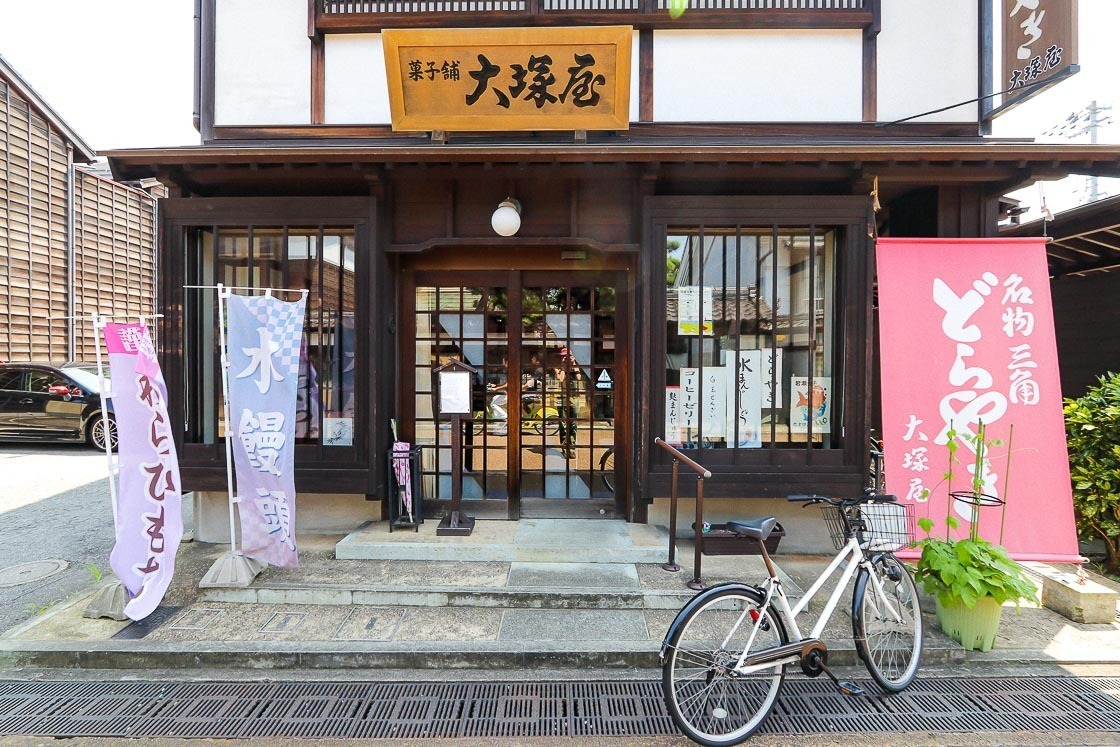
After returning the rental bicycle, take the Portram to Intec-Honsha-Mae from where it is a short walk to Kansui Park. The public park, not far from Toyama Station, offers lots of green space and walking trails. A perfect ending after a leisurely half day trip to the port town of Iwase.
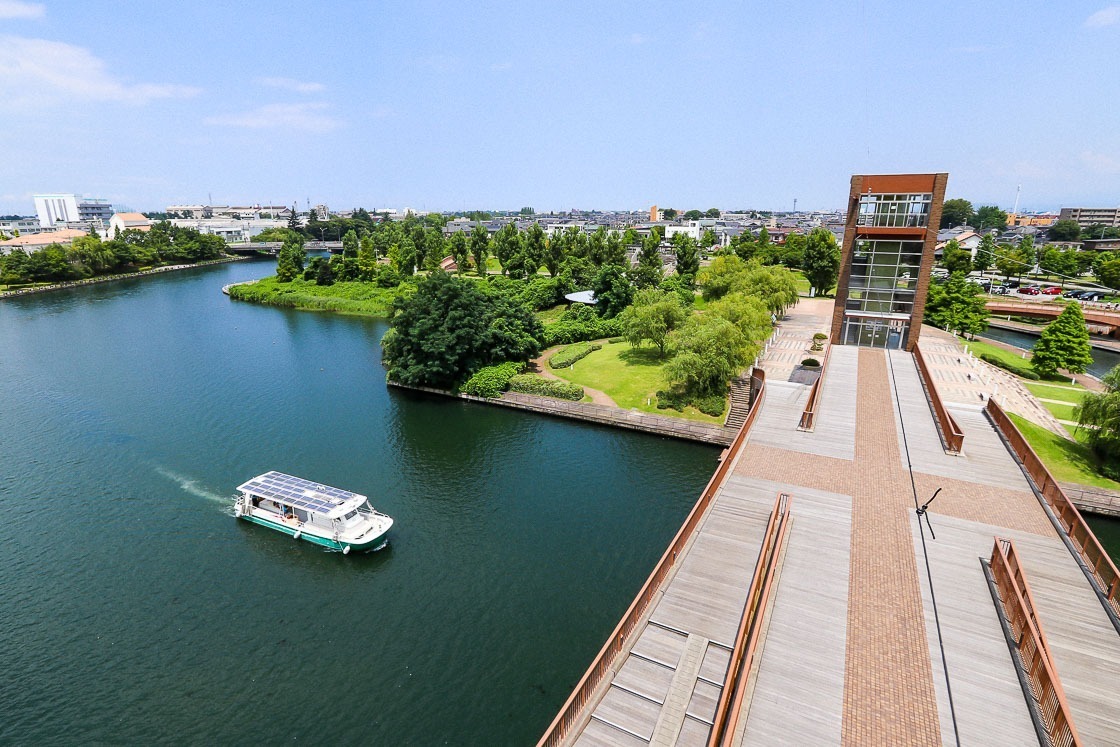
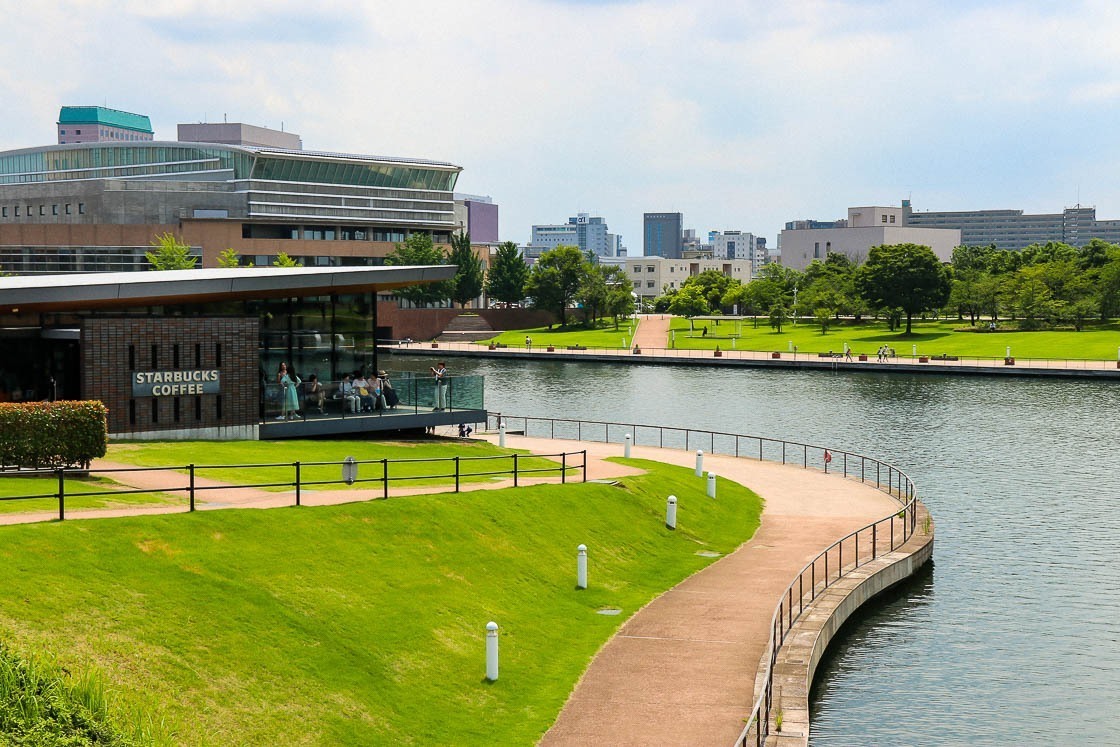
Route 4: Beaches and nature from Asahi to Nyuzen in the east
This full day cycling course roughly follows the eastern coast of Toyama Bay. The route starts in Nyuzen and continues to near the border of Toyama Prefecture before turning back and visiting some local attractions. From Toyama Station, take the Ainokaze Toyama Railway bound for Tomari and get off at Nyuzen Station (40 minutes, 870 yen one way).
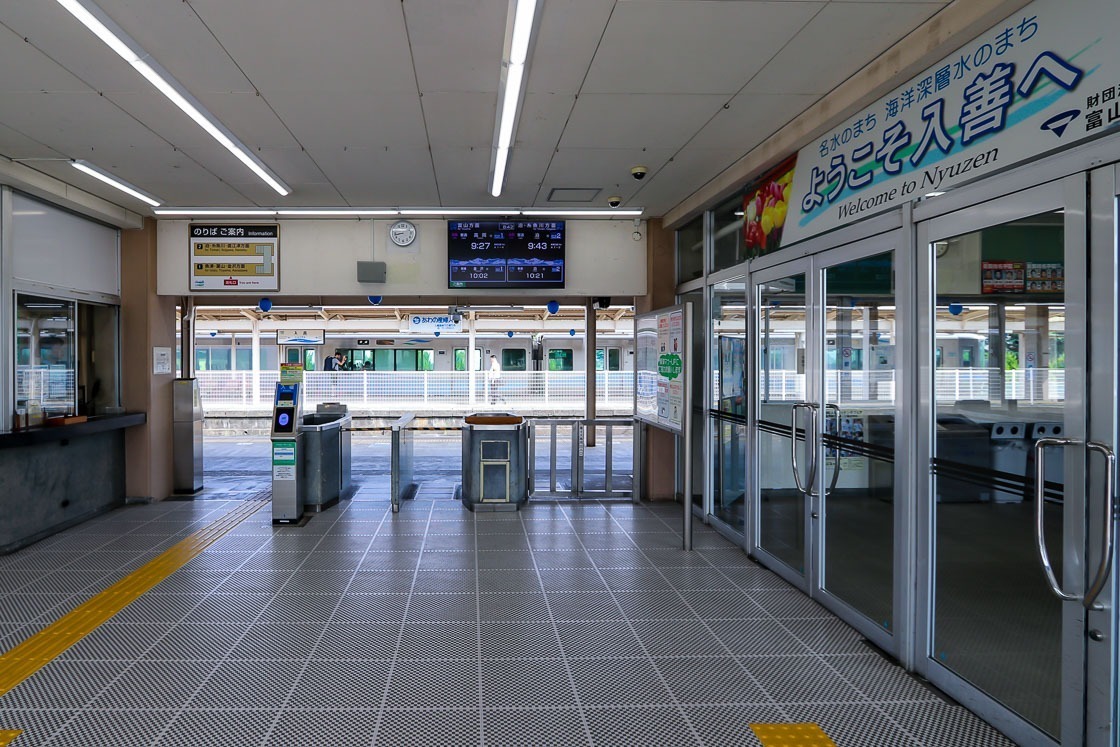
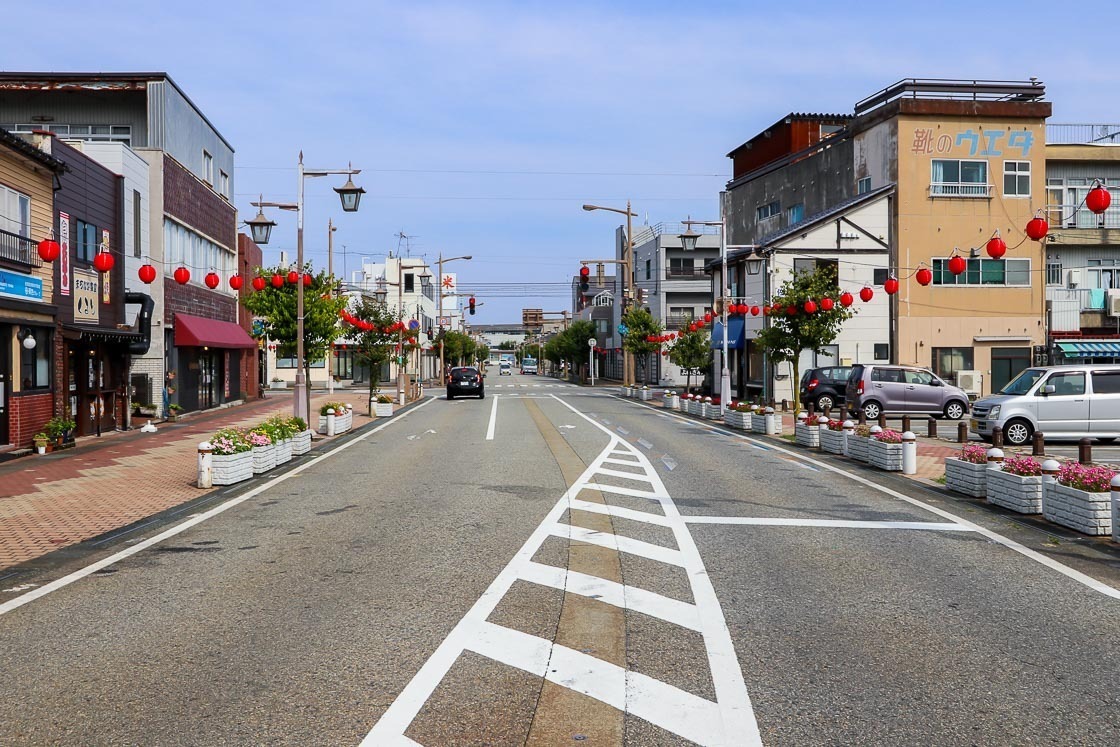
The Nyuzen Tourist Information Center is a stone's throw from Nyuzen Station and from where bicycles can be rented. The main cycling route can be reached via a straight road north of the station. The first stop on this route is Hisui (Jade) Beach, not far from the easternmost edge of Toyama Prefecture. Jadeite and nephrite rocks can be found at this stony beach. These rocks can be polished into jade stones. Visitors can try their hand at looking for jade rocks and then get them identified at the nearby Roadside Station Hisui Terrace.
Drive-In Kanemori, the lunch stop and u-turn point of this course, is less than a ten minute cycle from Hisui Beach. No trip would be complete without sampling some local delicacies, and Tara-jiru or codfish soup, which is typically eaten in winter, is the specialty here. Fortunately, the dish is served all year round at Drive-In Kanemori.
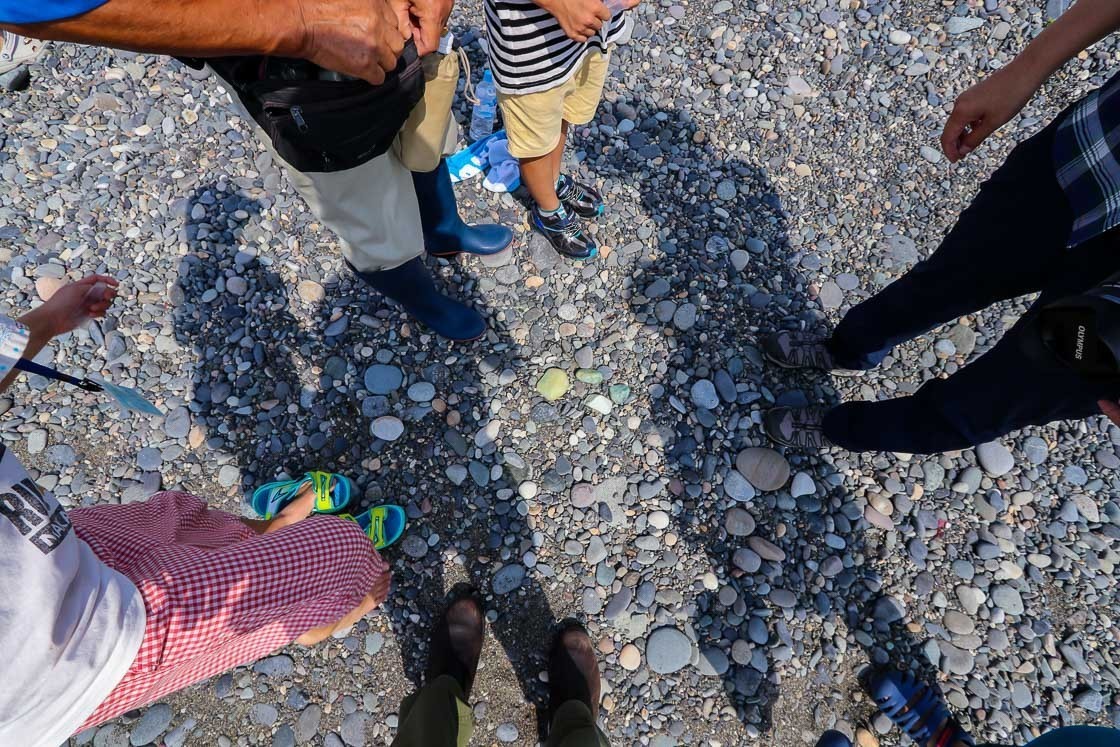
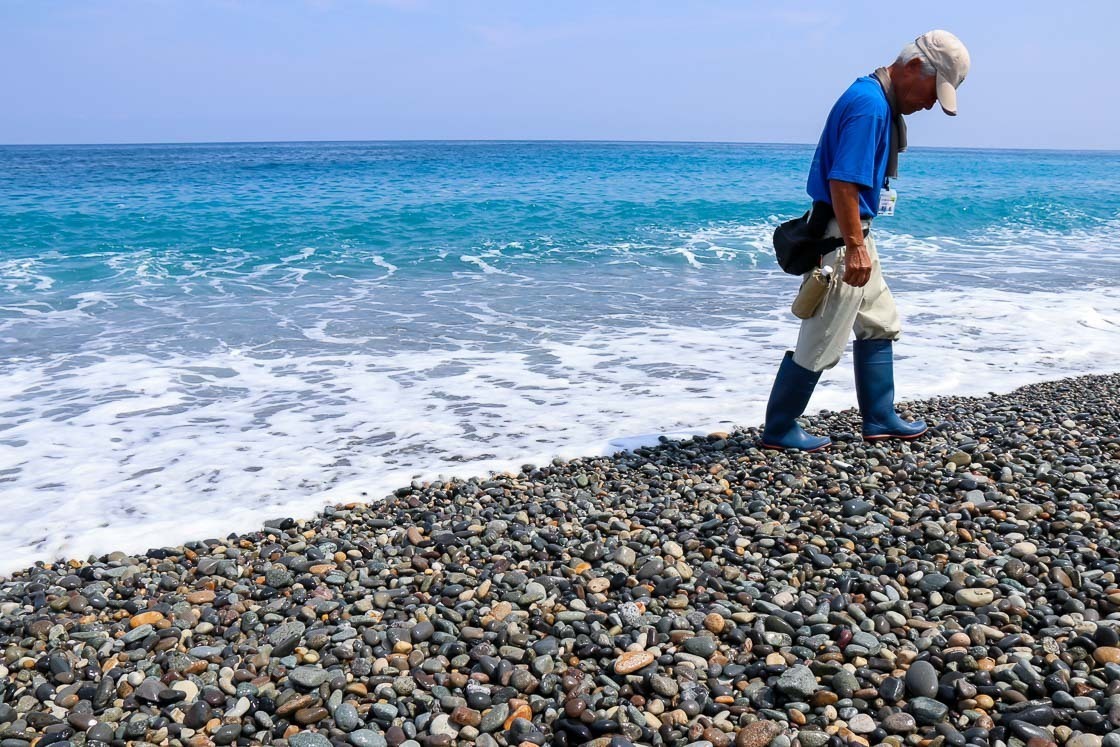
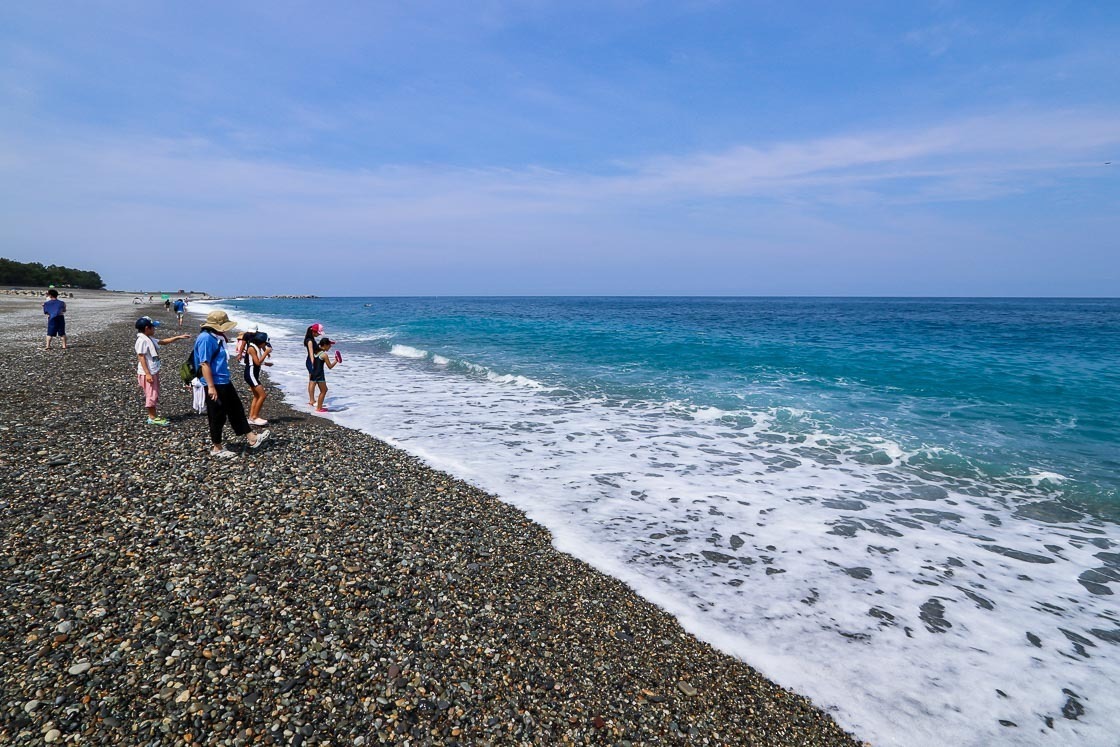
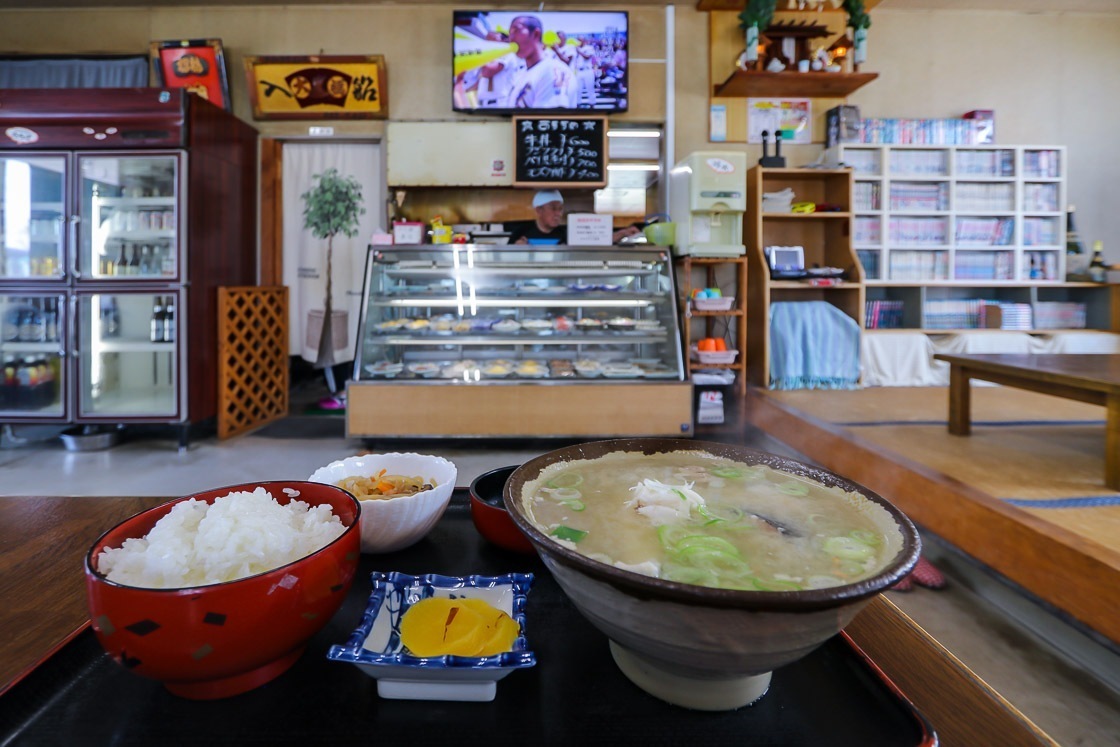
Next is Funakawa Cherry Tree Avenue, a deviation off the main cycling route. Hundreds of cherry trees line the Funakawa riverside and make for a spectacular view when the flowers are in bloom. Outside of spring, expect to find lots of shade and rice fields in the summer, and autumn colors in the fall.
Going back on the cycling route, head to the Tea house Komichi in the Asahicho-ritsu Furusato Museum of Art. The small teahouse serves up excellent sweets and coffee, which is probably what a tired cyclist needs after a long ride.
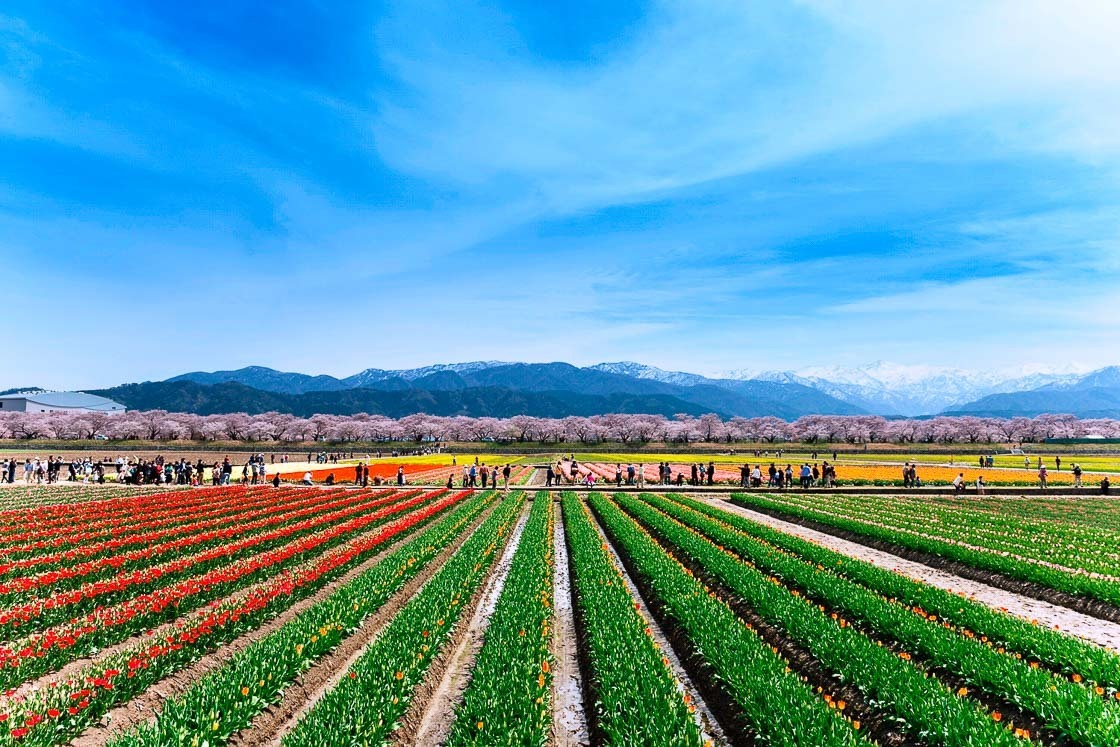
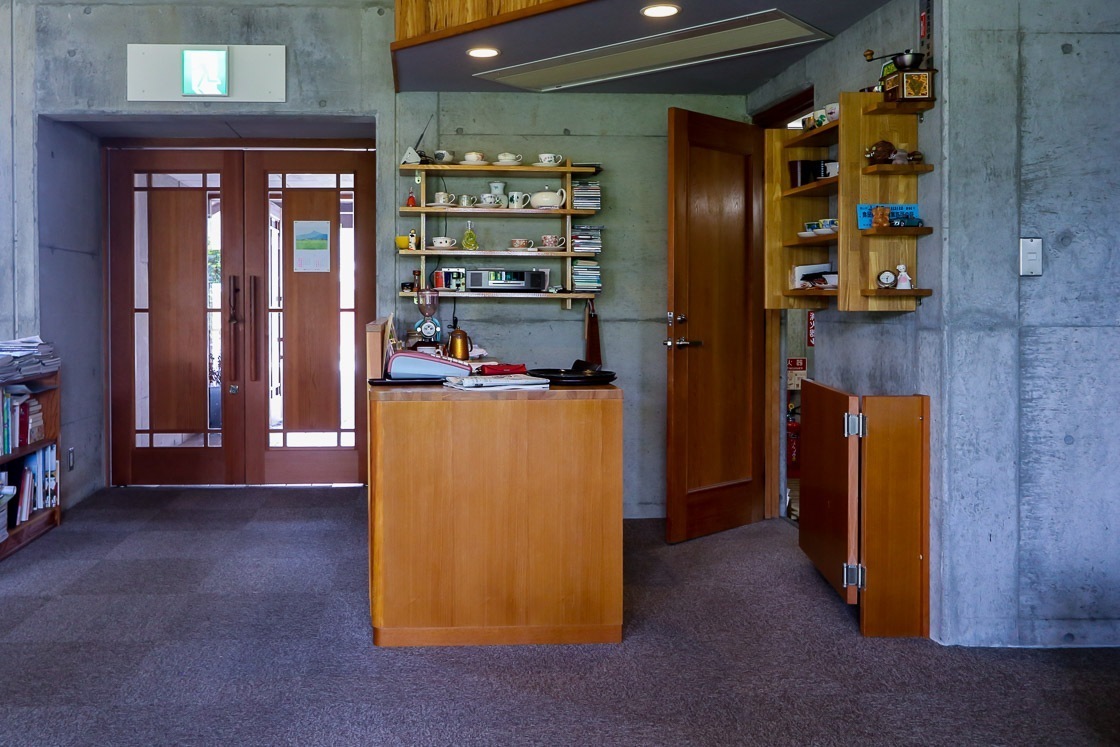
Continue on to Sugisawa no Sawasugi, a forest of Japanese cedar trees along the coast which have been designated a natural monument. The cedar forest used to be a lot bigger than it is now, and a visit can be highly educational to learn more about these trees and their habitat. Natural springs can be found in the forest, and a walk through takes about 20-40 minutes.
Finally, head back to the Nyuzen Tourist Information Center to return the bicycle. The total distance covered is approximately 30 kilometers, which can be completed easily in a day. The only thing left to do is to take a well-deserved break and relax on the train back to Toyama.
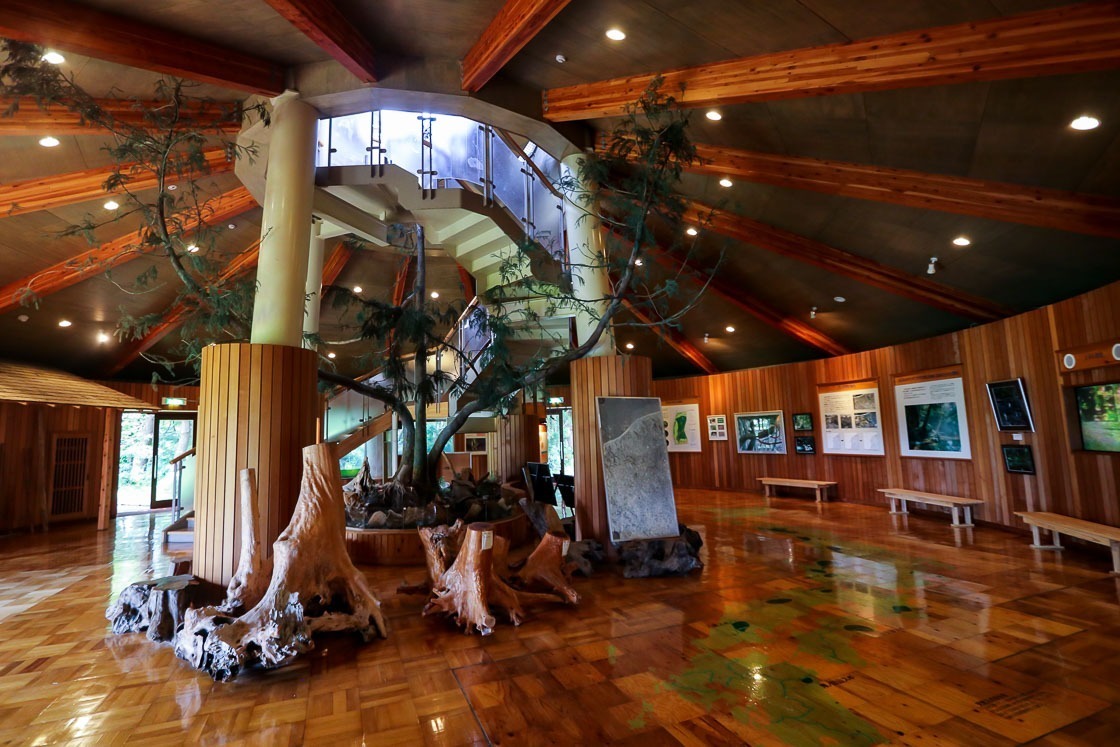
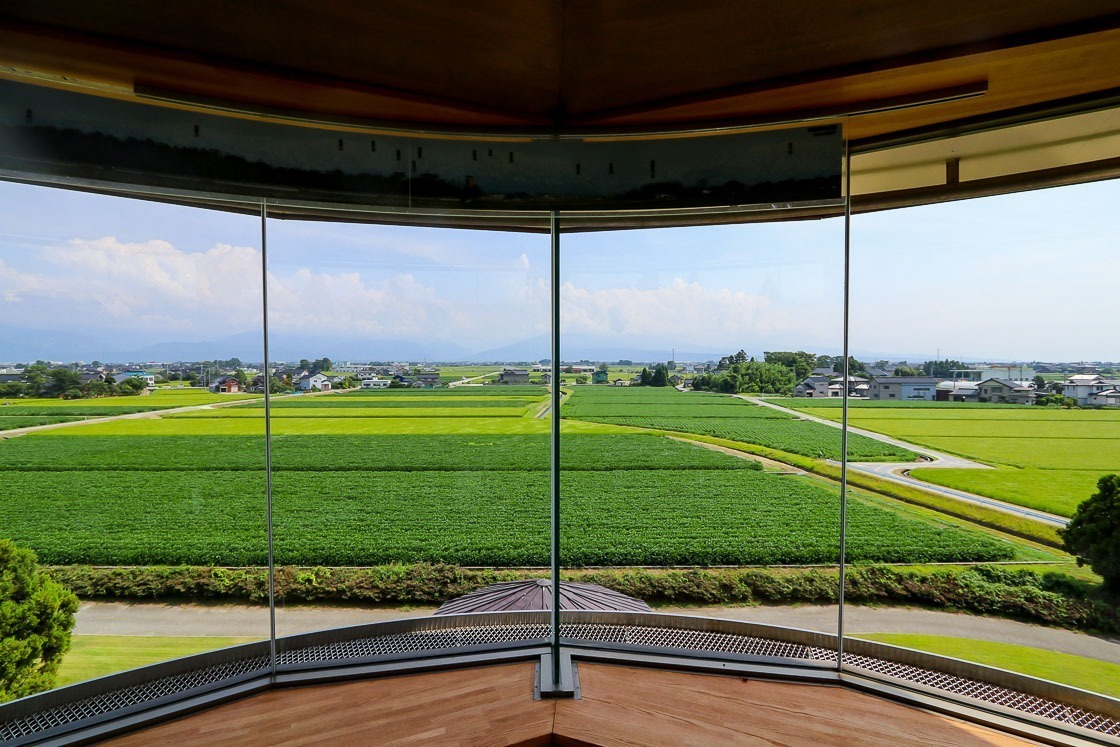
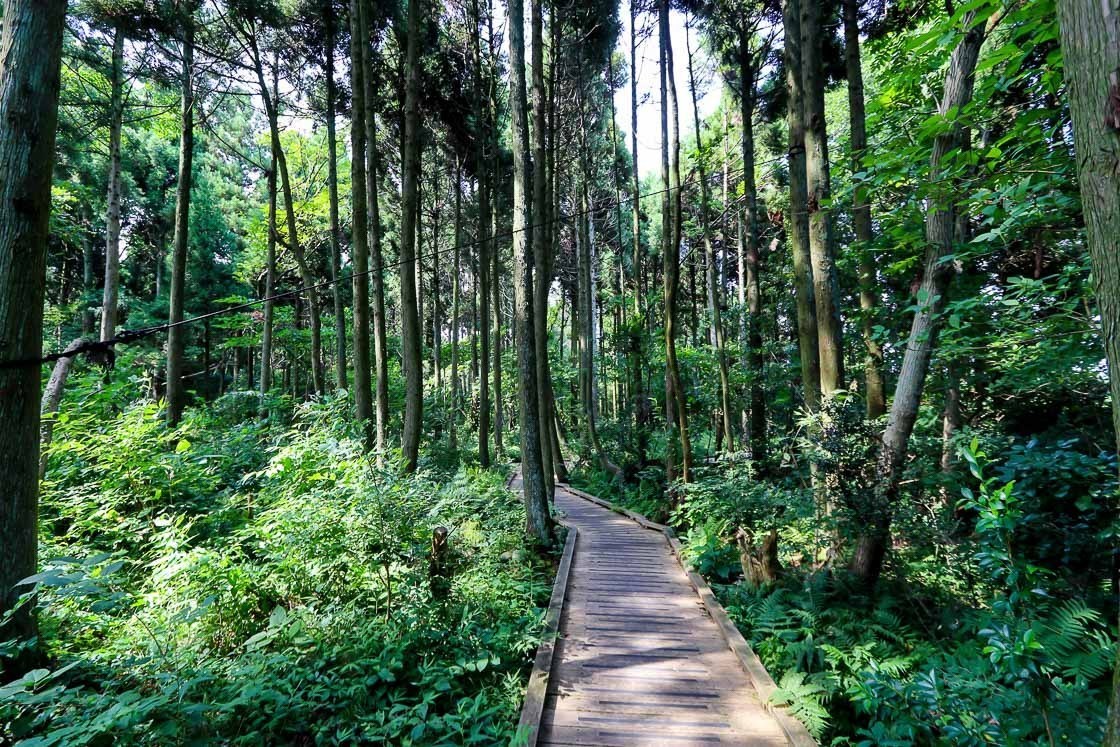
Route 5: Coastal views from Himi to Imizu in the west
This full day cycling route follows the western coast of Toyama Bay. Take the Ainokaze Toyama Railway Line from Toyama Station and change at Takaoka to the JR Himi Line bound for Himi (about 60 minutes, 700 yen one way from Toyama Station). Rental bicycles are available from the Himi City Fishery Culture Center, a large building a short walk from the station with displays of the area's fishing culture.
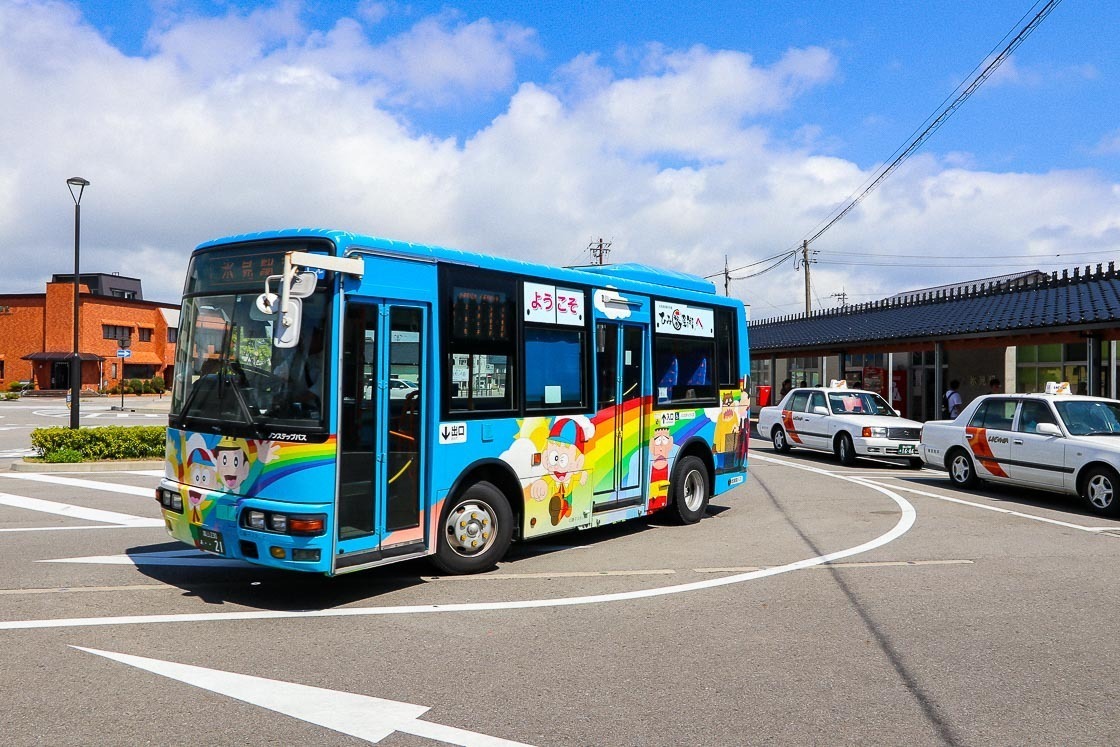
After picking up the rental bicycle from the culture center, it is a straight 20 kilometer cycle along the coast to Seaside Station Shinminato Sazan, the lunch stop and u-turn point on this route. The pasta and pizza on the menu make for the perfect fuel after a relatively long cycle.
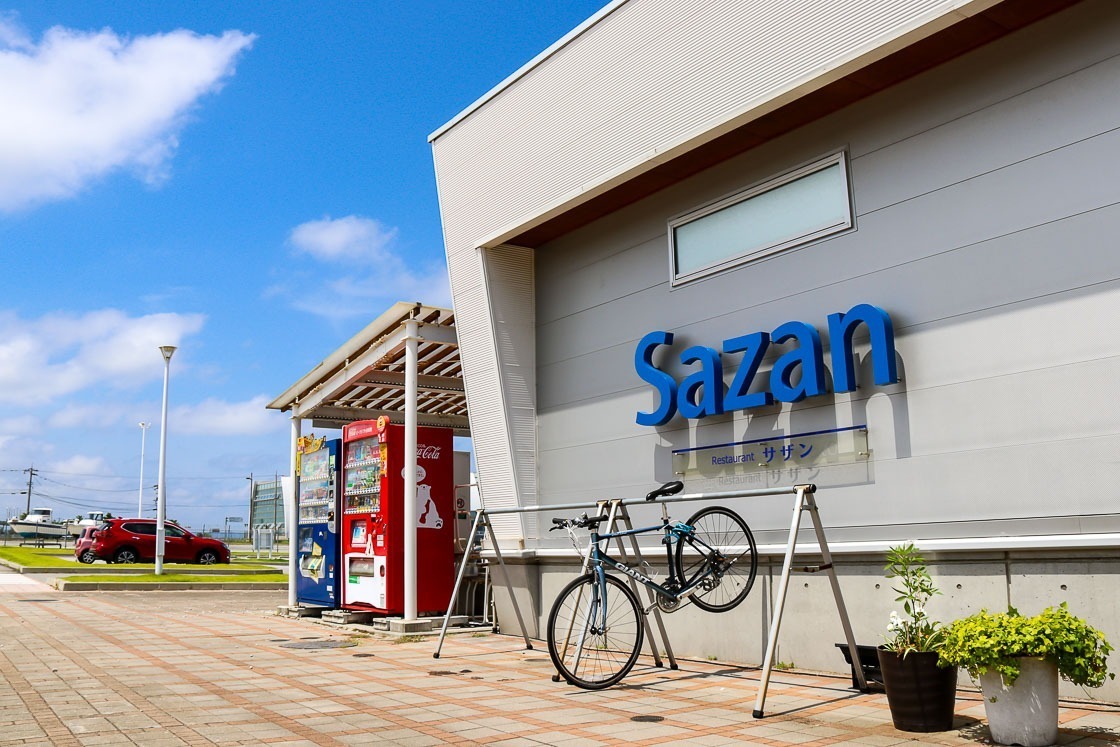
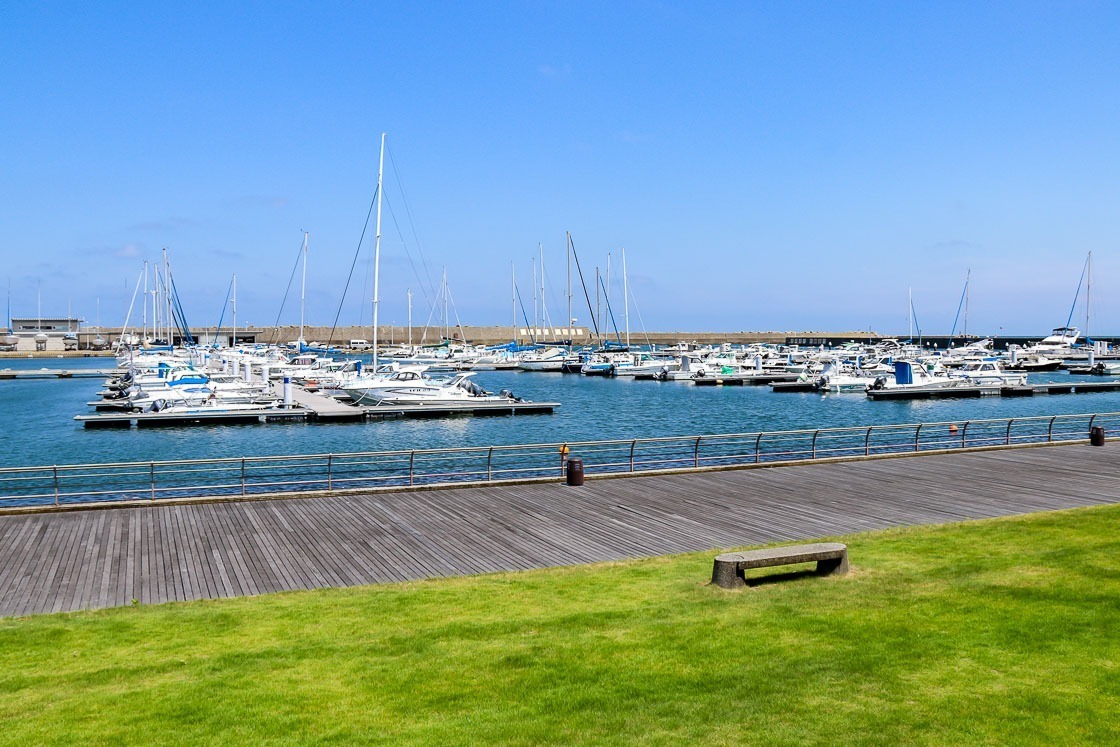

After lunch, make a first stop at Kaiwo Maru Park. The large park is where the huge training ship and namesake of the park, the Kaiwo Maru, is permanently docked. Visitors can enter the ship and go for a stroll in the park. A highlight here is seeing the Kaiwo Maru and the Shinminato Bridge behind it.
From there, it is a short cycle to Shinminato Kitto Kito Ichiba, a local seafood market touting the best and freshest catch of the day. This is another place to sample the local delicacies or take a quick break.
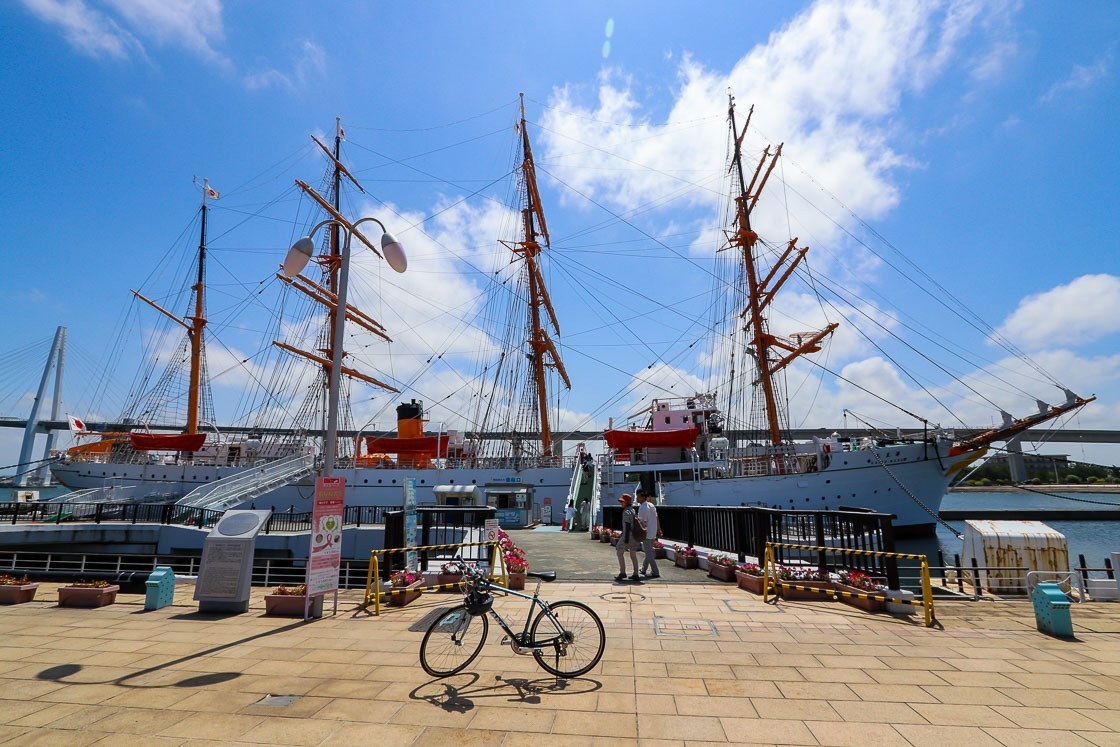
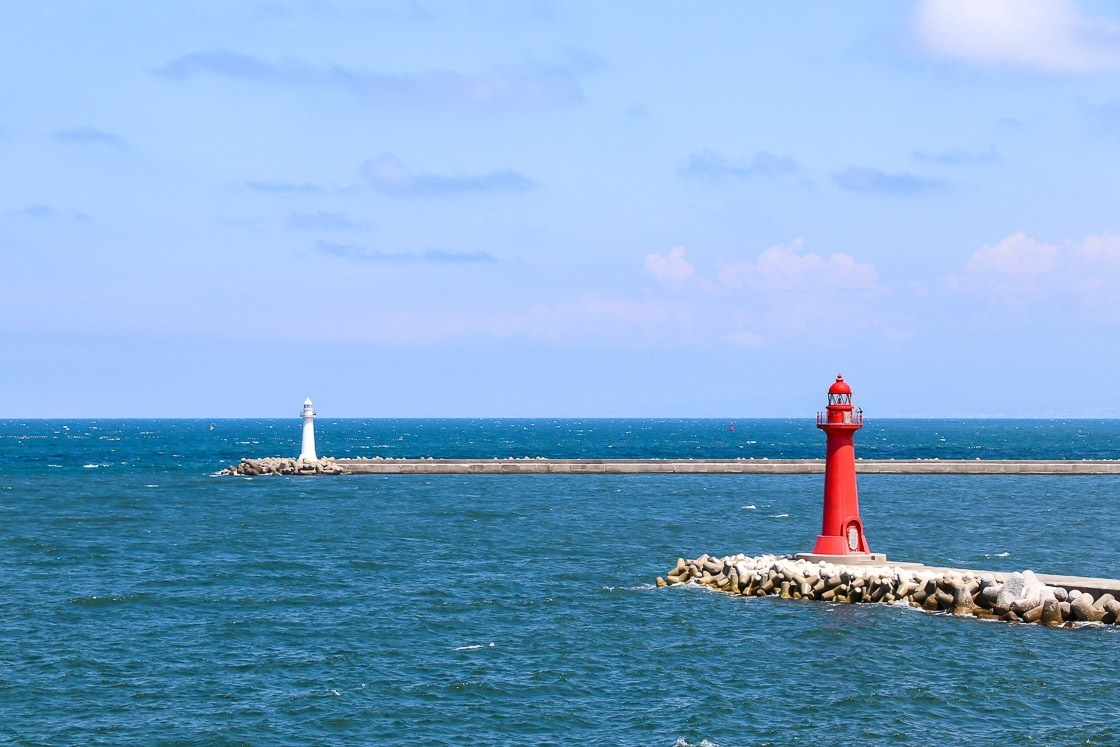
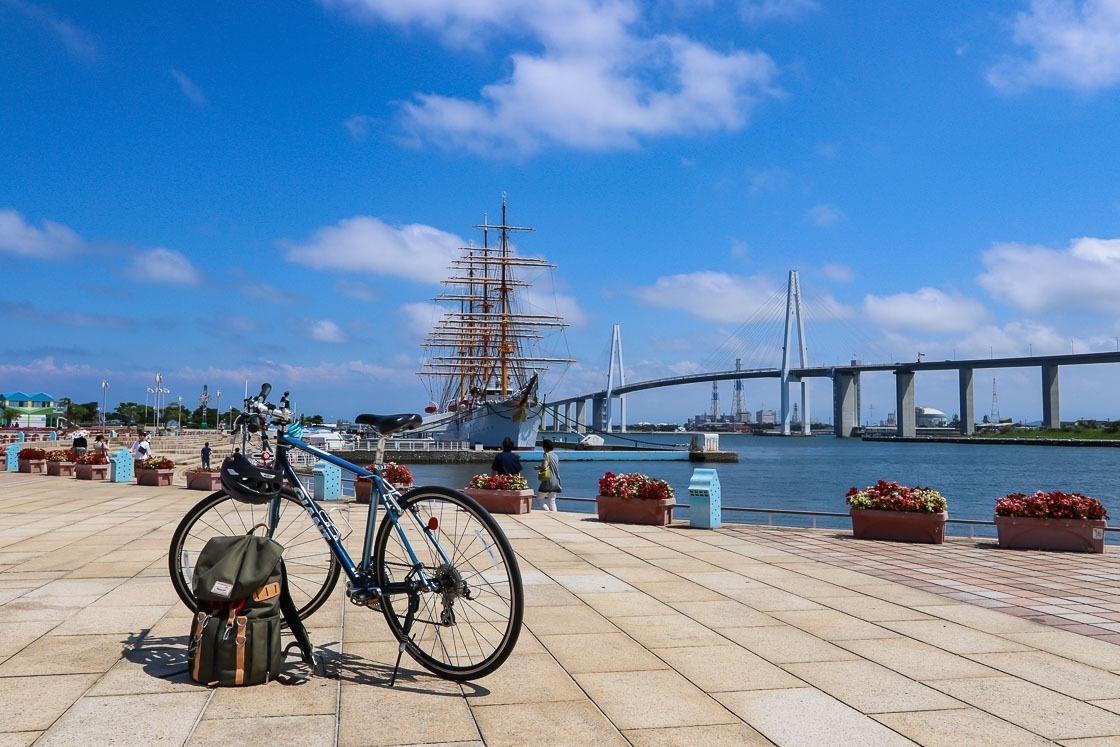
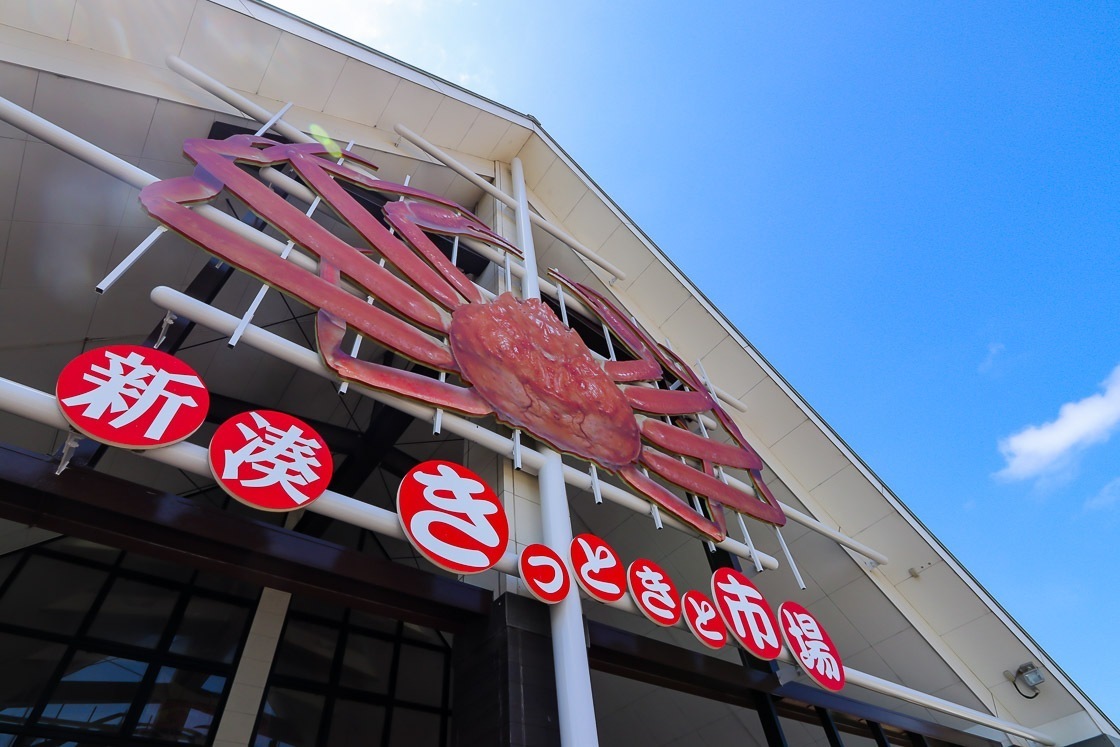
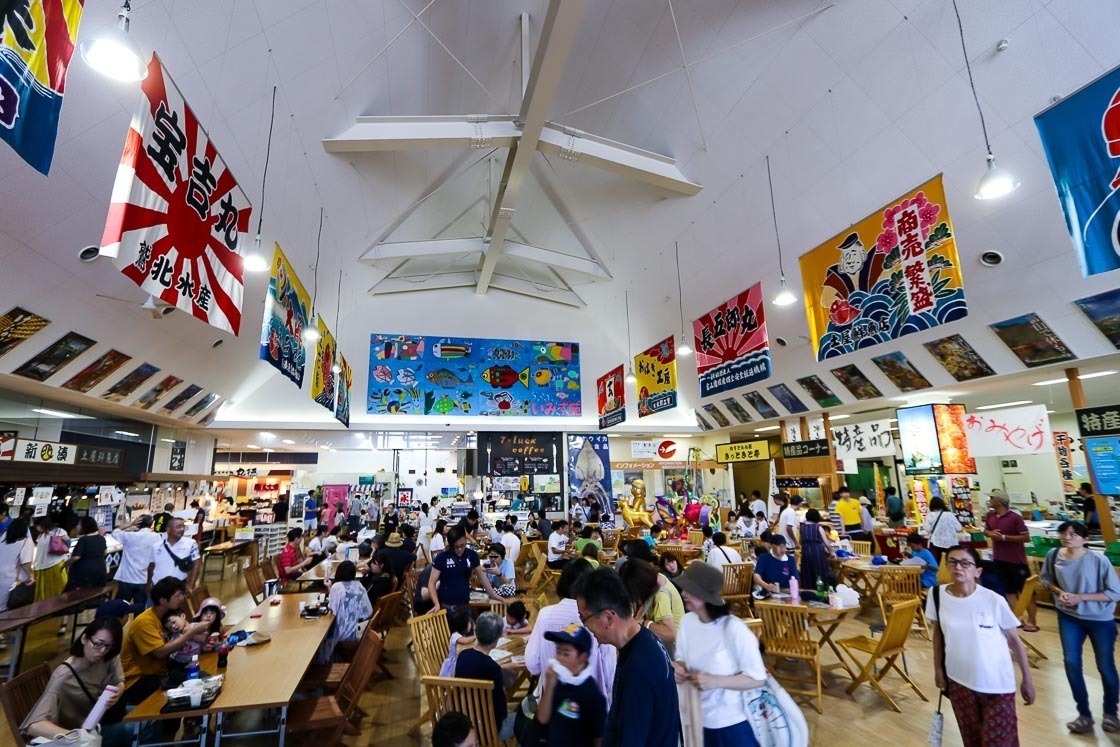
Pressing on forward, the next attraction is the Amaharashi Coast and the newly constructed Roadside Station Amaharashi. The coast is famous as a scenic viewpoint to see the Tateyama Mountain Range, which can be seen looming beyond the eastern end of the bay, when the weather conditions are good. Visitors can go all the way down to the water or take a break and enjoy the view from the observation deck at the roadside station.
Finally, all that is left is to make the final push to return the bicycle. The entire route covers about 40 kilometers and can be done in a day at a leisurely pace. Enjoy the train ride via Takaoka back to Toyama Station on the special train Belle montagnes et mer (operates only on weekends and national holidays) or by regular train.
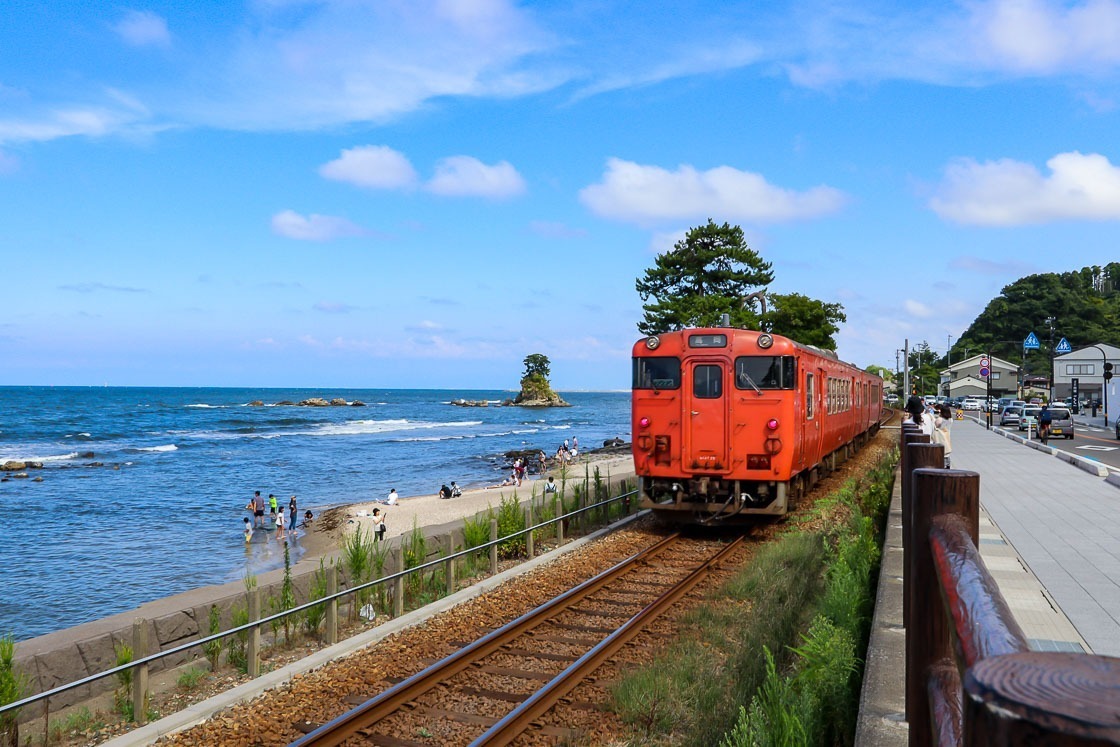
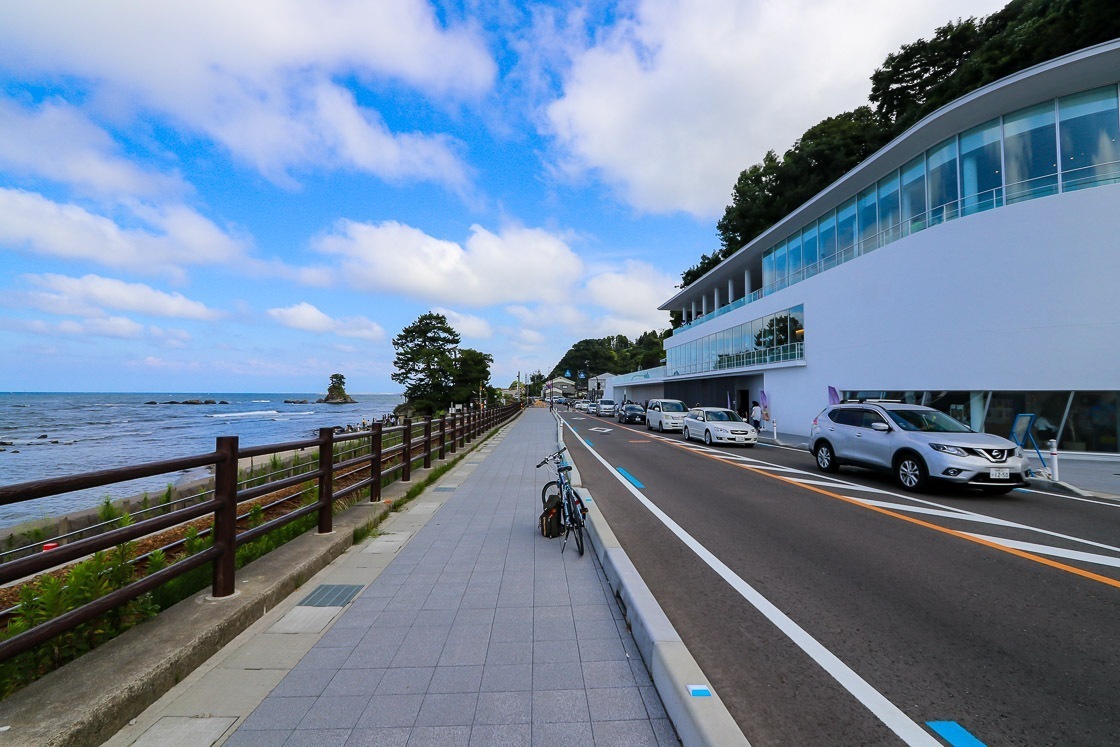
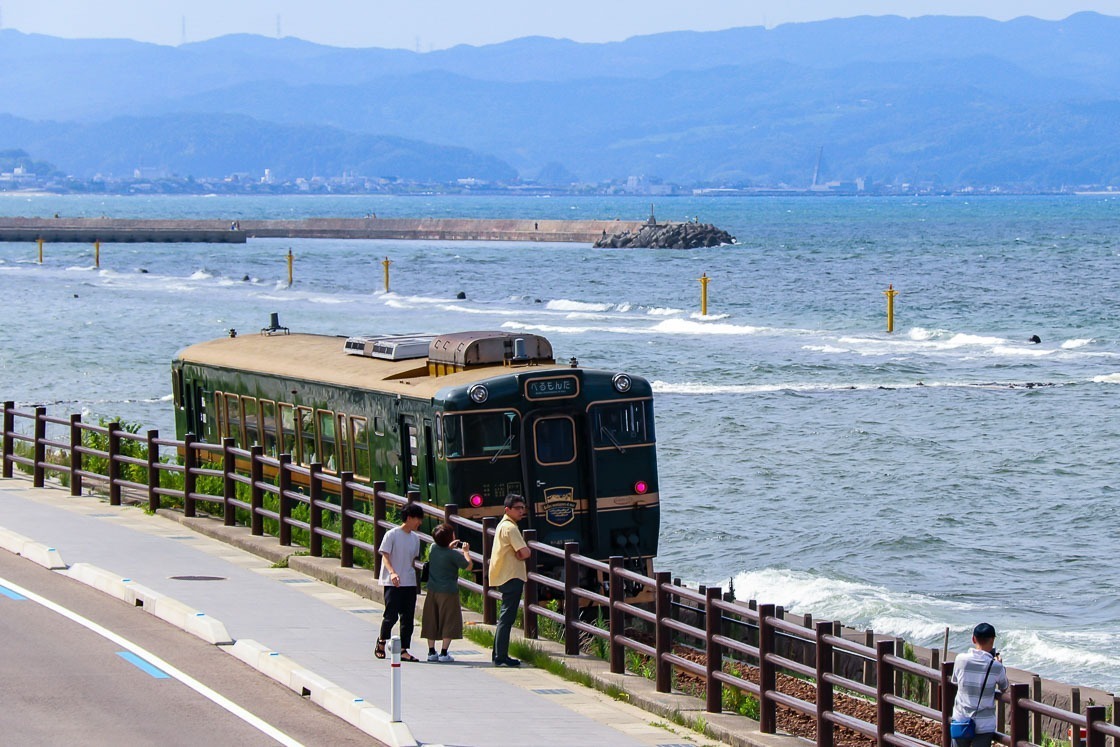
Access
Toyama Station is the main station to access the cycling routes above. The one way journey from Tokyo to Toyama on the Hokuriku Shinkansen takes around 2.5 hours and costs about 12,500 yen.
